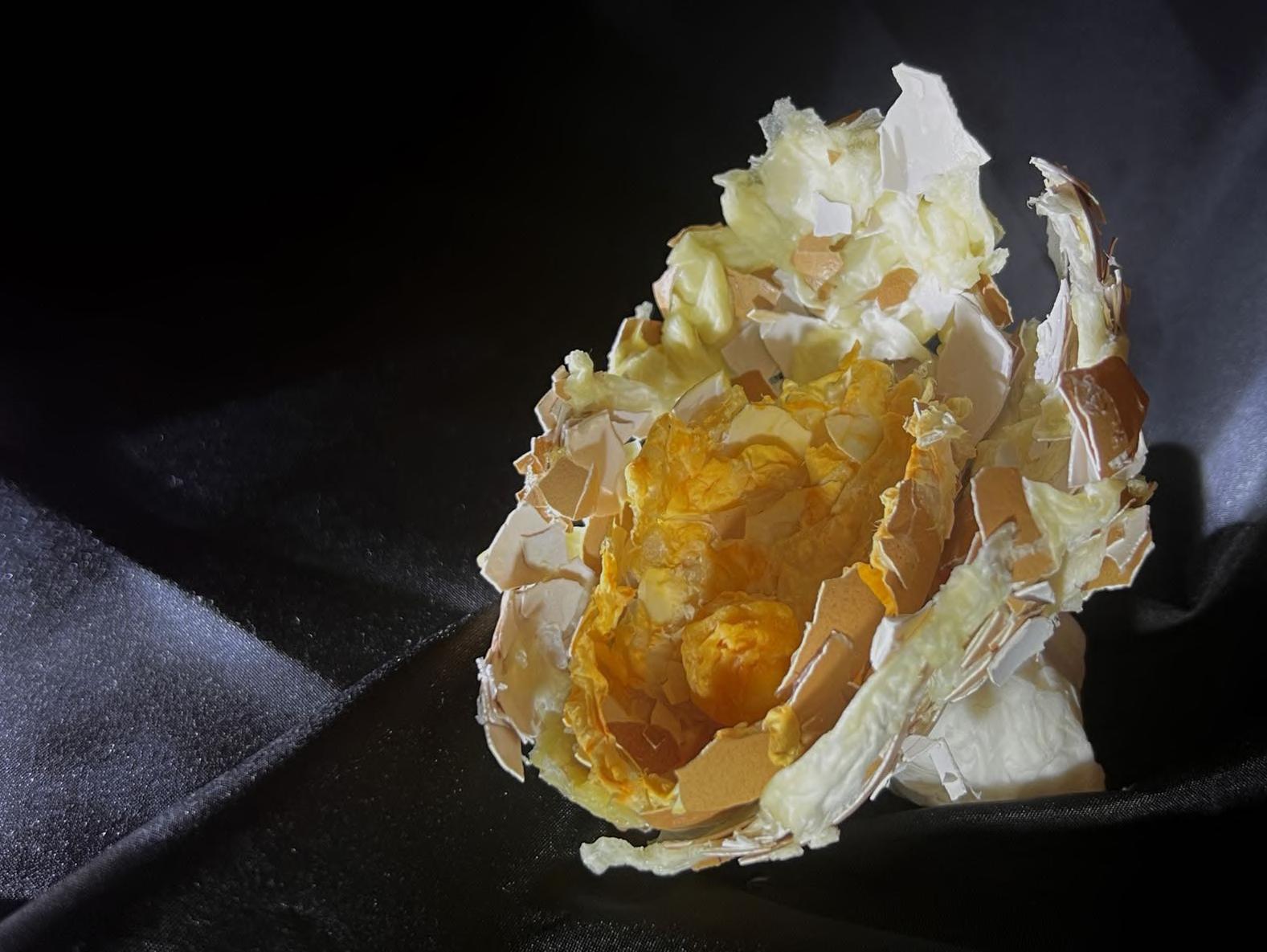

CONTENTS

STATEMENT
STUDIO / WEEK 1 MATERIAL DICTIONARY MATERIAL SHIFT STUDIO / WEEK 2 MATERIAL ESSENCE STUDIO / WEEK 3 BACKGROUND RESEARCH MATERIAL EXPERIMENT SERIES OF WORKS PRECEDENT ARTWORKS GALLERY VISIT
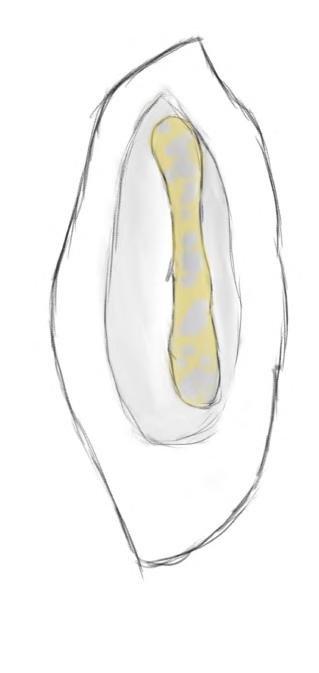

Eggs and tissue are used as primary and secondary materials for this project. There is a duality within the materials: soft and tough. Tissues and egg shells are utilised as carriers, and tissues and egg whites are employed as adhesives.The egg is redefined as the ovum, symbolizing gestation. The fragile nature of eggshells is challenged by breaking eggshells and reshaping them into more rigid objects,which is a process of "repair"and"healing". The result has a cracked appearance, aims to lead the audience to feel the invisible scars of pregnant women physically and psychologically, and also reflects the concept of women's vulnerability and bearing the weight of life.Inspired by Yue Mingyue "Blessed Be the Fruit "(2018), the work touches on the essence of Gutai by putting together two very different materials, extracting elements to be expressed from natural and social phenomena, searching for truth in a conflicted environment, allowing the audience to feel the burden of childbearing and think about the challenges faced by women.

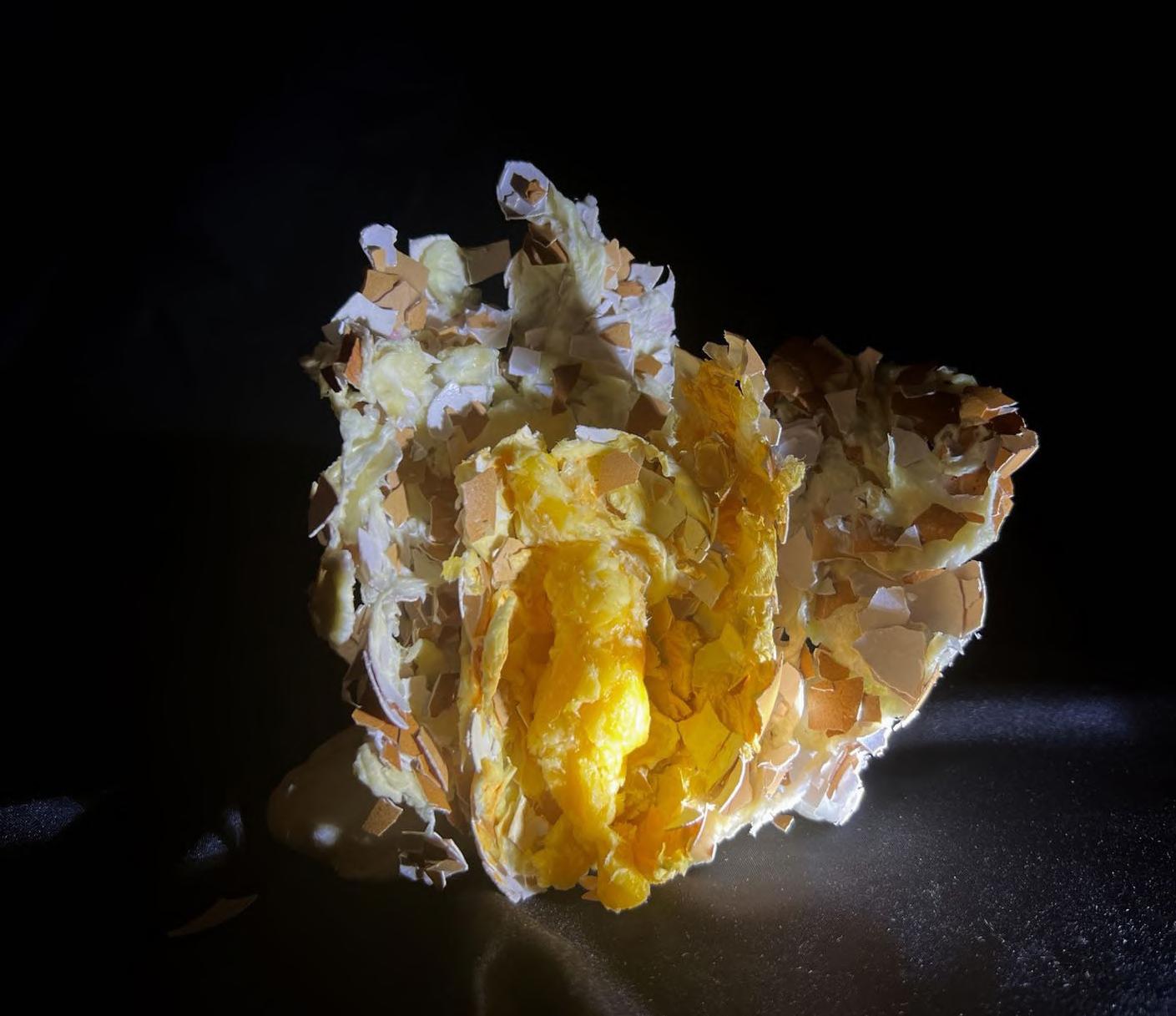
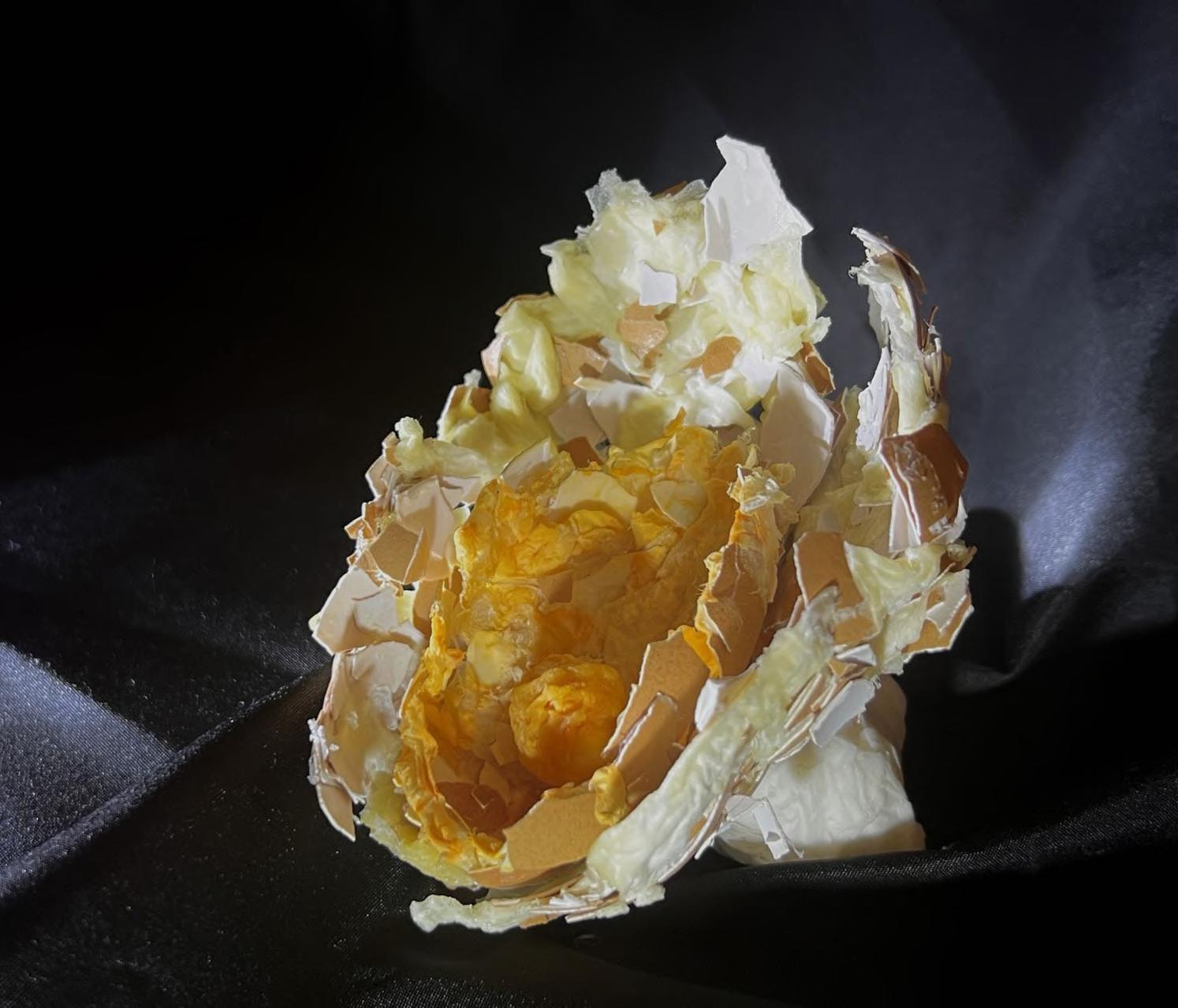
Week 1 Lecture Response
This semester we are going to focus on materiality and expand the understanding of the potential of engaging with materials within the context of the built environment. Material focus on experimentation, exploration, and observation of how different materials can be used for visual and conceptual effect. It leads to exploring how materials can shift our experience of everyday objects as well as how we experience and move through the built environment.
I thoroughly enjoyed Francis Alÿs's artwork "Sometimes make something leads to nothing" his work of performance connects his work with ice-delivering workers in Mexico City, a response to that idea of work. The spectator is shown photos of the sidewalks and pools of filthy water in various parts of the city as the film goes on. Although it was seen as a pointless expenditure of time and energy, the act of dragging the block of ice through the heart of Mexico City was done to represent the struggles that regular citizens face in trying to better their standard of life. Deceptively understated in its simplicity, the movie was also made to demonstrate how something as simple as a block of ice may sometimes be all that is required to experience one's city in a novel and interesting way.

Through the performance of the art, I think this artwrok was made to show that sometimes the only thing people need to enjoy their city in a new and unique way is something modest like a block of ice. It's an empirical record of the city and creative way to show the concept of the work.
Personally, I believe that the use of materiality as a medium for art had opened up a wealth of opportunities, and that mankind had discovered ways to obtain, extract, and process a great deal more materials, making them available to the modern consumer with ease. And in doing so, we will be better able to comprehend the history of human interaction with the natural world through the investigations, research, and analysis of materiality.

Week 1 Reading Response
Frearson, Amy ‘Recycled plastic “will soon be the only choice”, Dezeen, 2 February 2018
https://www.dezeen.com/2018/02/02/recycled-plastic-only-choice-say-designers/
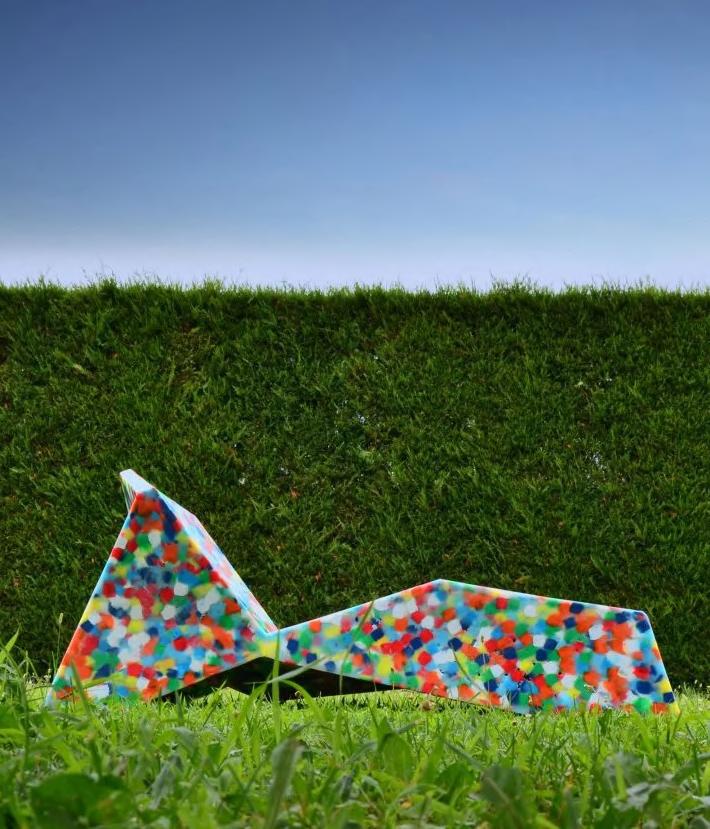
Plastic provides a lot of convenience to life, however, it also wreaks havoc on the environment, and the large amount of plastic in the environment provides young designers with an opportunity to start thinking. Many types of plastic are easy to recycle and, if handled properly, can provide the same benefits as virgin plastic as many possibilities. Not only does recycled plastic offer a more sustainable solution, but it is a material that is generally available for free and can be produced in a wide variety of colors, patterns and textures. Ocean plastics are now used and promoted by well-known designers and brands.
This gave me some inspiration. I personally believe that humans have discovered ways to take, refine, and process more materials to make them easily available to modern consumers. In this way, we can better understand the interaction between humans and the natural world through the investigation, study and analysis of matter. Designers can start from the plastic waste in life to make new artworks, which is not only environmentally friendly, but also promotes environmental protection. At the same time, they can conduct material research on these recyclable materials to discover their possibilities.
The form of material can be taken in visually both with and without physical contact. People's reactions to various material properties correspond to different understandings when different materials are used to create the same form. The material itself can have a variety of meanings depending on the context and format, such as approachability, dependability, history/memory/narrative, and prospective applications.

Herzog and de Meuron
images from Natural History pg 373
Jeff Koons - Play-Doh
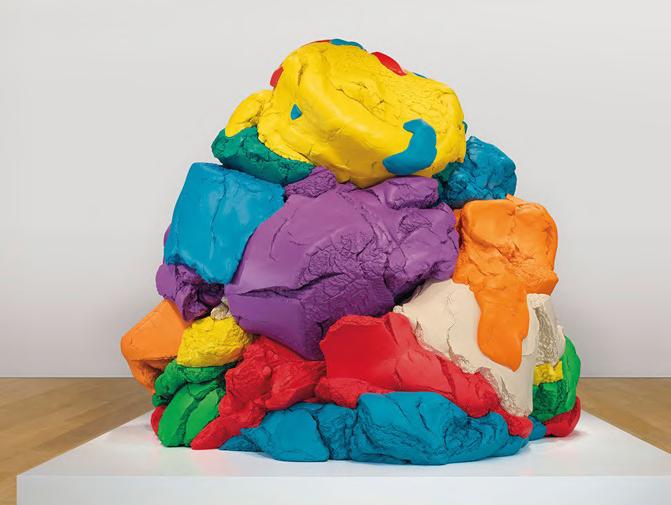
Play-Doh is a deceptively simple sculpture, the idea for this work originally came from a bunch of Play-Dohs made by his son Ludwig. He didn't know the rules of art making or sculpture, but made something quite beautiful . Of course, the irony is that on the one hand this is an abstract sculpture because it's just a bulky mound. But on the other hand, it is not abstract at all, as it perfectly depicts this initial gesture.
-The procedure serves as an illustration of the notion that the present is fleeting because repetition imprints "the present" in the past. The theme of accumulation and how little things may add up to big things is linked by Jeff Koon's metal "play-doh" components' progressive addition.
-The piece of art's steady material accumulation is a way that time is depicted. The actual attachment of fresh material involves force. When the new pieces are moulded, gesture is made.
This gave me some inspiration, sometimes the amount of material used is just to restore it to the original, which is interesting. Also, in this project, time is gained in the rough sculptural surfaces of the thing while time is lost in the actual act of doing the action.
The sharp touch is scary
Fear--Needle
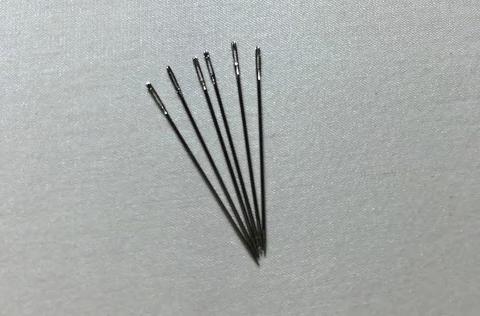
From the outside to break is food, from within the break is the life
Twisted steelwool to take away dirt and leave traces and pain Expresso wakes up the day Tissues carry sadness and regret

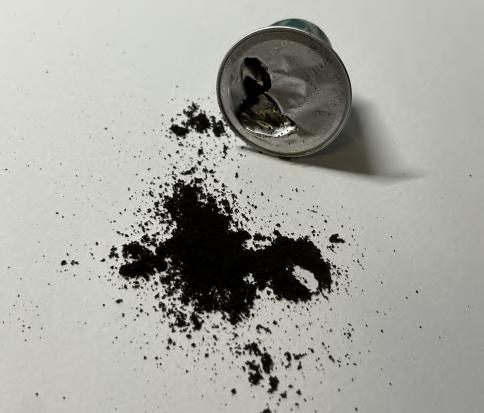

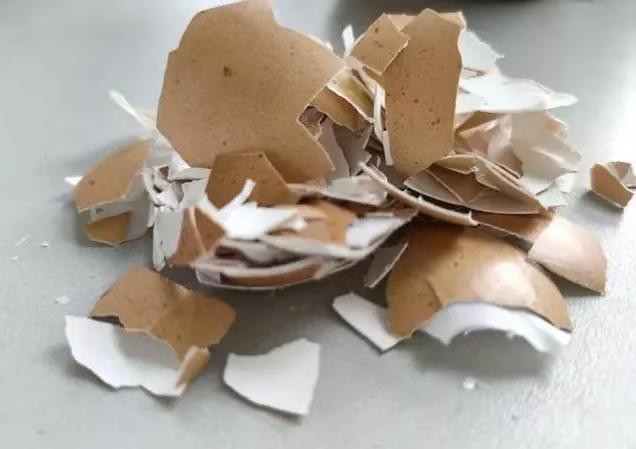
Protect--Egg shell Sorriness--Tissue Painful--Steelwool Conscious--Expresso

Pinioned--Iron wire
A tangled mess is created by disorderly interactions between chaotic strands.
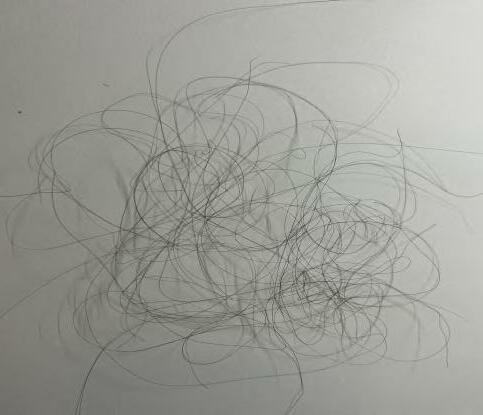


Criticize--Ink Evanescent--Ice Anxious--Hair Satisfied--Biscuits
Positive and negative statements are transmitted through ink and words
Nothing is eternally unchanging except the change itself.
Annoying hairs struggle to keep composure
Sweet and crispy biscuits stops hunger, brings happiness


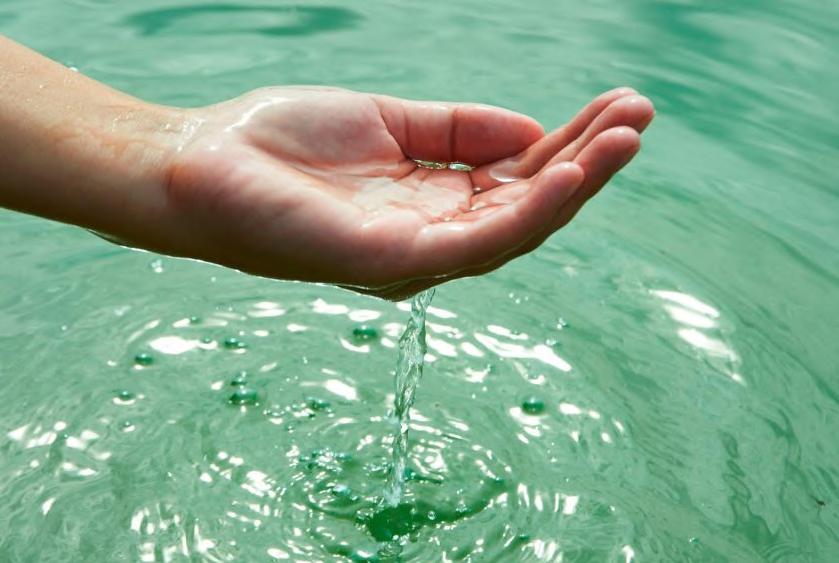
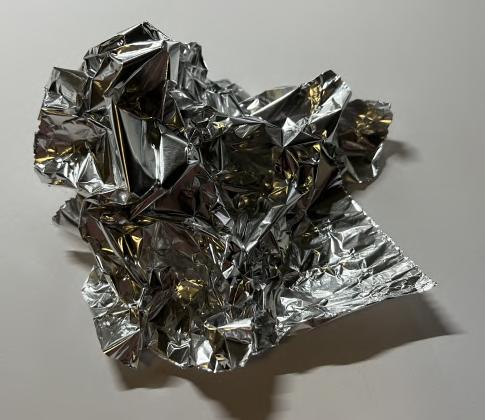
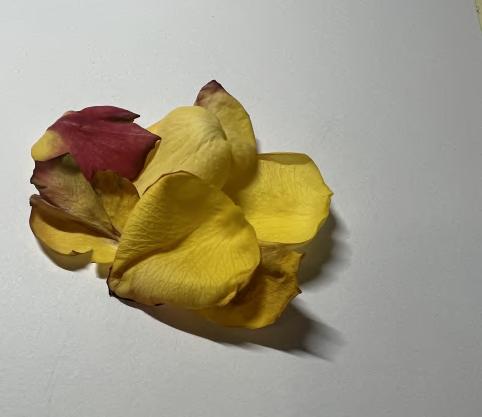

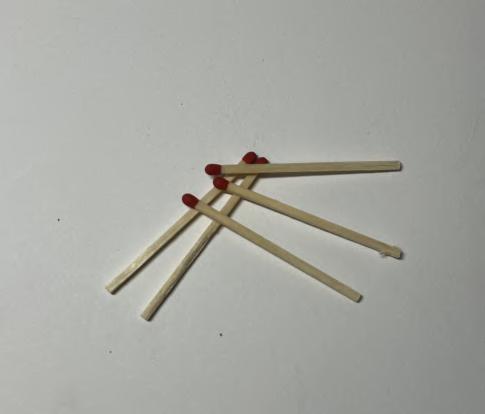

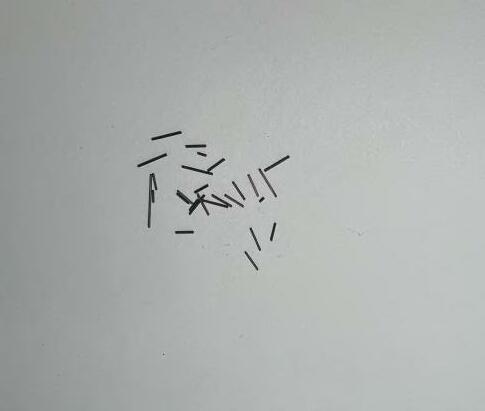
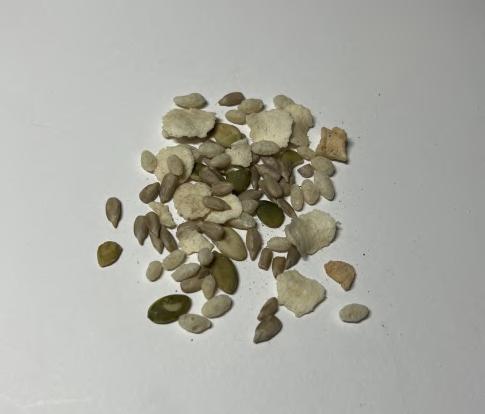
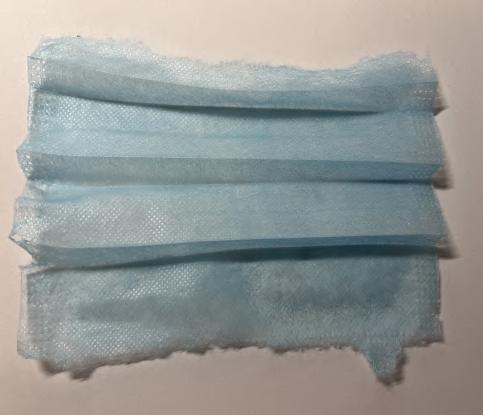
Shift
Disinfecting wipe/Aluminium Foil

After alteration, the original disinfectant wipes were replaced with shiny aluminum foil, which can replace the wet wipes into the packaging well but can not play a role in cleaning


ALTERATION SUBSTITUTION
ADDITION
ADDITION
CONCEALMET
Flower / Wire ball
Use steel wool instead of petals on flowers, although it is stylish and it restores the look of flowers to a large extent, it still does not stop the flowers from withering.

Soap / Preservative film
Wrap the soap in layers with clear plastic wrap to make the soap invisible.
The clear plastic wrap reveals a shimmering white under the layers.

Week 2 Lecture Response
Gutai's strategies were not concerned with the depiction of material processes or anything else but rather an embodiment of their material and their process. It's the experiment with process, that doesn't alter matter and distort matters, it imparts life to matters. The Gutai Artist I am interested in is KAZUO SHIRAGA, who considers the relationship between the body and the selected material. The artist largely relinquishes control over their materials rather than having control over them. The combination of the artist and it or its action reflects the shift between the artist and the material, which is a common participation field that reflects the material and the body itself.
YOSHINAGA JIRO's "Please draw freely" also let me know the new way of creating an artwork. Children are engaging with this work and an aspect of it was that anyone could come up and draw on it. They could draw whatever they wanted. Children's work is pure, because they may not have been influenced by war, politics or other aspects.

Mona Ha is to arrange rather than to make. The artist considers how work performs to the audience. I am interested in David Hammons' basketball drawing. The artist employed a basketball as his drawing tool, bouncing it in the dirt of Harlem and then onto a sheet of paper the same height as a regulation hoop, it's a creative way of drawing. Behind the drawing is a suitcase, which implies the psychological distance between inner-city neighbourhoods and the rarified worlds of art and professional sports. Since "travelling" in the game of basketball results in a penalty, this element of the work also signifies the unexpected consequences that may result from certain choices. For instance, impractical hopes of a professional sports career may lead young players to neglect education and other important aspects of life.
The difference between the Gutai and Mono Ha movements is that while both emphasise the interaction of the individual with the object, the Gutai movement emphasises this interaction through performance, deconstruction, marking, and physical contact with the body, whereas the Mono Ha movement emphasises it through arrangement, natural decomposition, patience, and ritualistic tending.
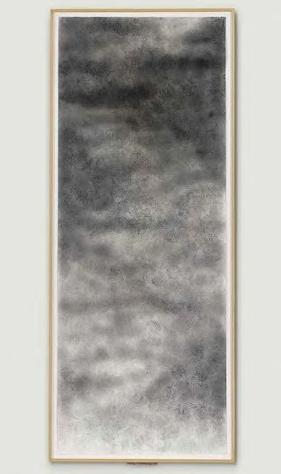
Week 2 Reading Response
Mono-Ha: Turning the World Inside Out - Ashley Rawlings
Rawlings, Ashley, 'Turning the world inside out: A Major survey of Mono-ha in Los Angeles','Turning the world inside out: A Major survey of Mono-ha in Los Angeles',in Art and Australia, Vol. 49, No. 4 2012, pp 580-583
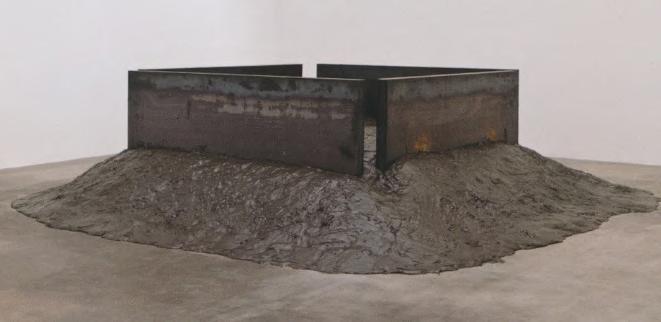

Mono-ha's work style is mainly characterized by the extensive use of unprocessed wood, stone, soil and other natural materials, avoiding traces of artificial processing as much as possible, and paying attention to the relationship between objects while taking space as one of the factors of the work. First, consider how to reveal the existence of the natural world by reducing the performance content to a minimum, to guide people to re-understand the "authenticity" of the world.
They create works from natural and man-made materials, but the goal is simply to put "things" together in as much state as possible, allowing the juxtaposed materials to speak for themselves. As a result, artists no longer "create", but "rearrange" works as "objects", pay attention to the interdependence of these "objects" with the surrounding space, and study the way things exist through relationships and arrangements.
The use of natural materials such as wood, stone, and soil in nature avoids excessive processing of materials, directly conveys creative motivation, and uses natural materials to create dramatic touch scenes, such as Kishio Suga, 'Limitless Condition', through relationships and arrangements, he studies the way things exist, and Suga strikes a delicate balance in the placement of wood, which draws the viewer's attention to the object itself, almost inevitably evoking scrutiny of the surrounding materials and forces.
Mono-ha's emphasis on "brute materiality" exemplified the artist's "ego-less" methods, in which the artist presents things "as they are" rather than creating the things "that are." I can utilise the inspiration from this art movement to depict things "as they are" in my project.
Gutai: Splendid Playground - Munroe and Ming Tiampo
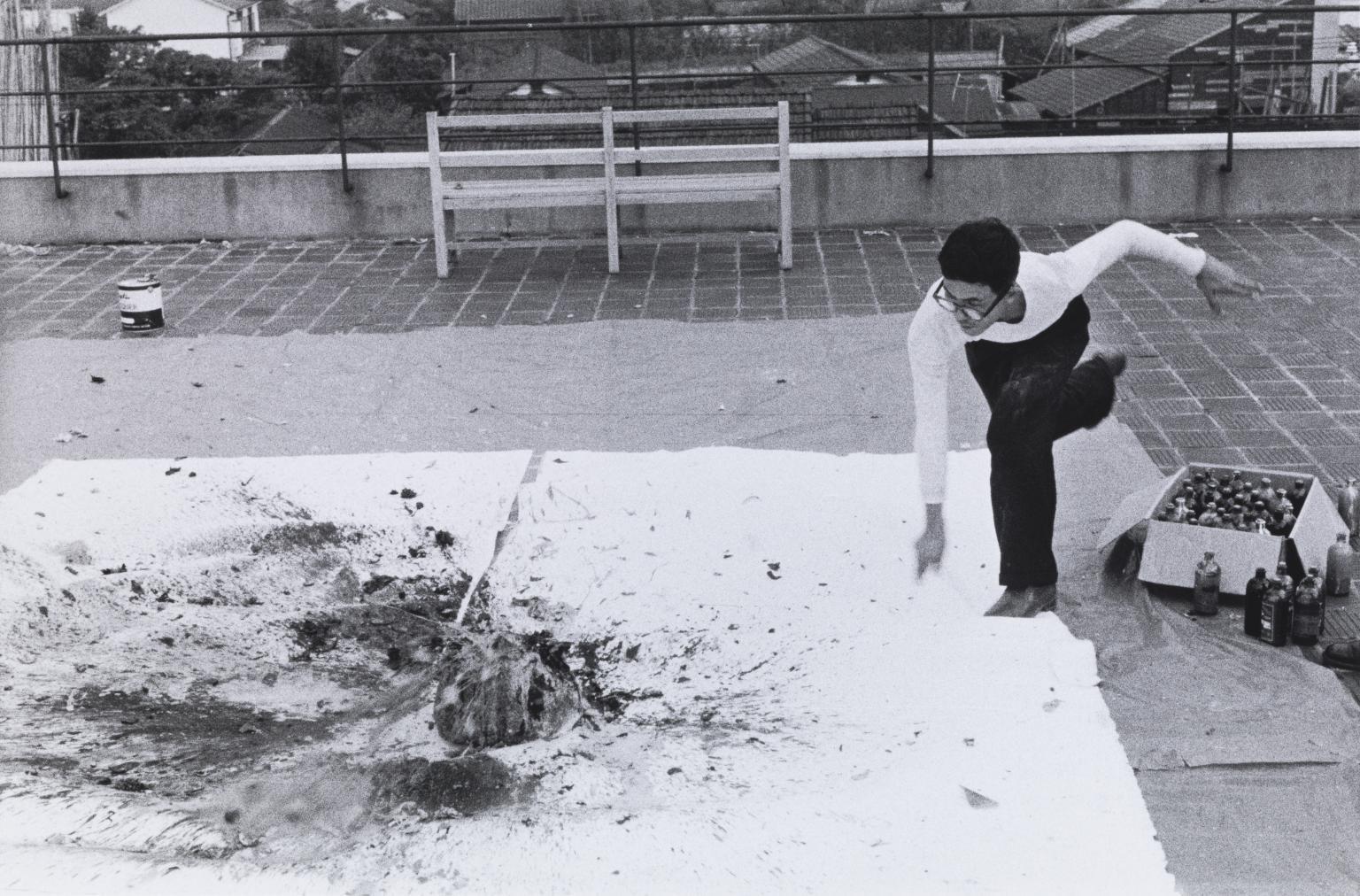

Gutai artists are obsessed with the interrelationship between substance (paint, chemicals, tar, mud, water) and physical action (cracking, exploding, tearing, dripping). They wanted to create a new kind of art that explored the relationship between the human spirit and matter. Gutai art imagines the dynamic relationship between the human spirit and matter, enabling matter to speak for itself and celebrate the process of destruction or decay as a way to reveal its inner life
Concretists believe that ideas are more important than forms and reject representative art completely. They want to move from art to the intangible world of ideas and leave enough space for the audience to come up with the underlying meaning for themselves Gutai artists responded to their specific context in our current times, we could respond to social problems like the feminist issue, and environmental problem with our artwork.
I was inspired to think about the labour that went into creating the artwork by Gutai art, which demonstrated the genuineness of an art form with a tangible value in the creation process.
Tiampo, Ming & Munroe, Alexandra, Editors, Gutai: splendid playground Gutai: splendid playground, Guggenheim Museum Publications, 2013I CRUMBED IT Fragile Debris Sharp Violent Achy

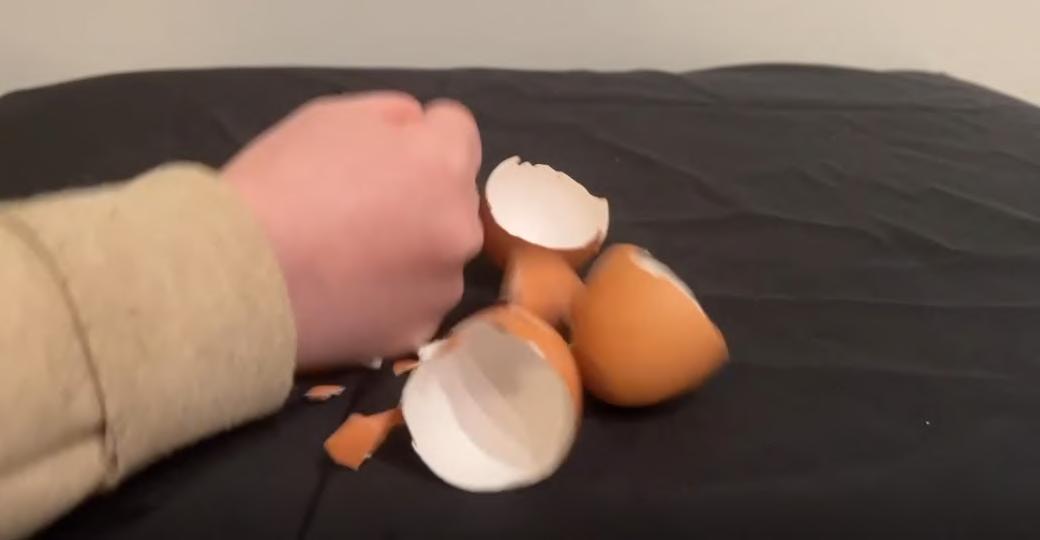

I Dropped IT

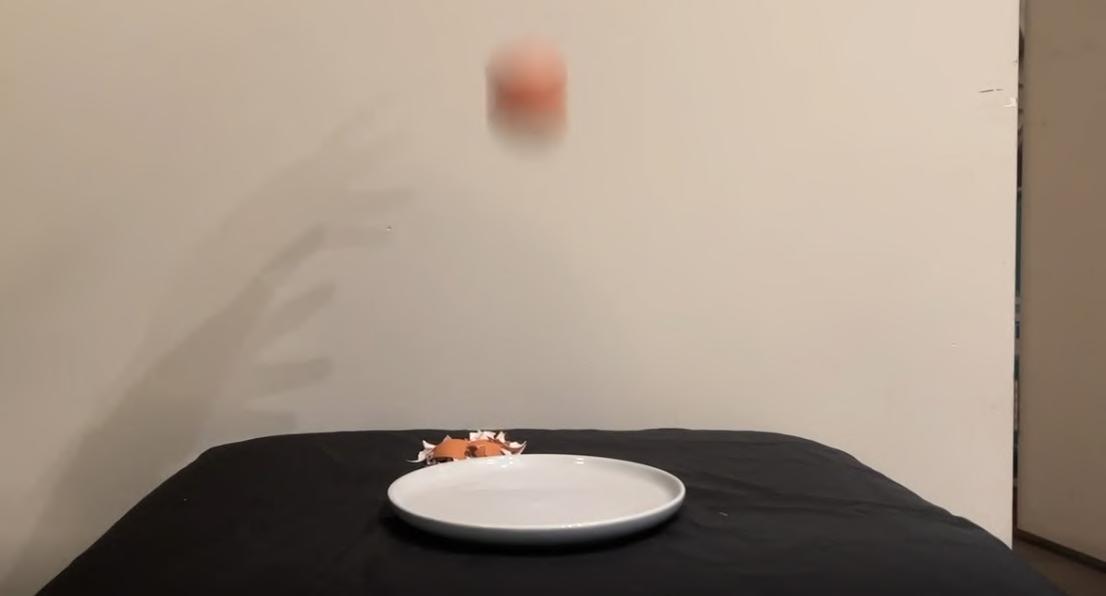

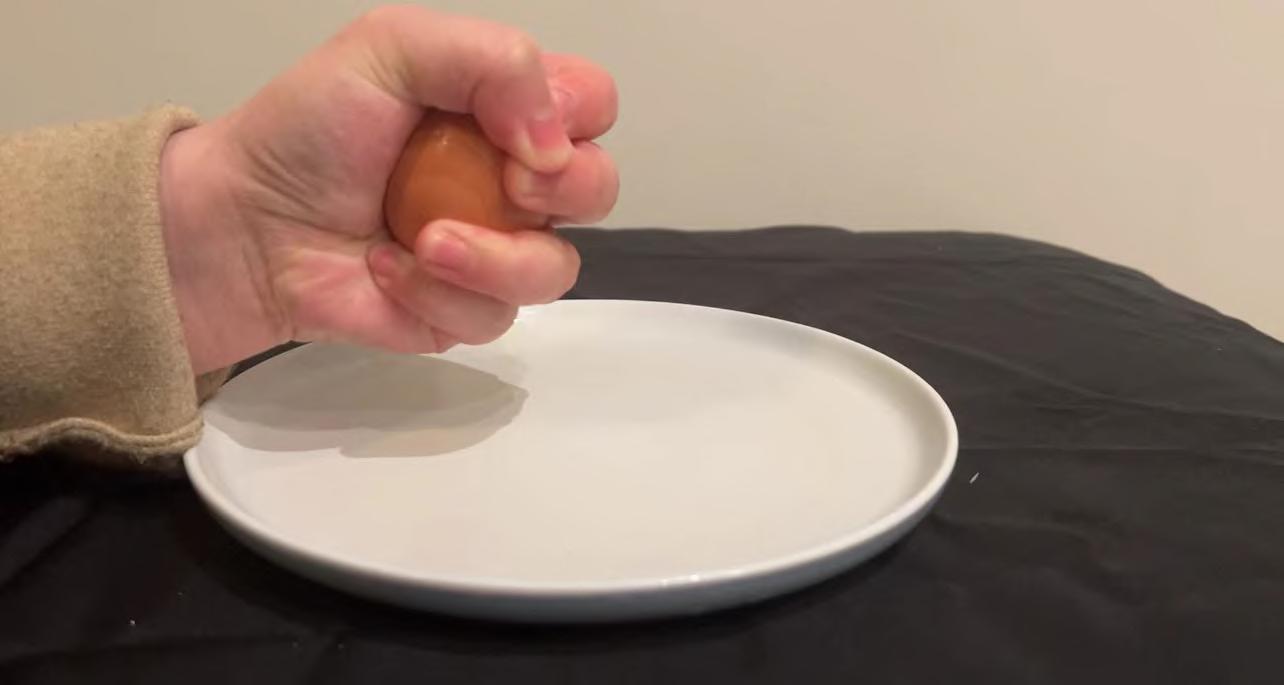


The yolk and white are both parts of an egg, they also be the material used in my project.

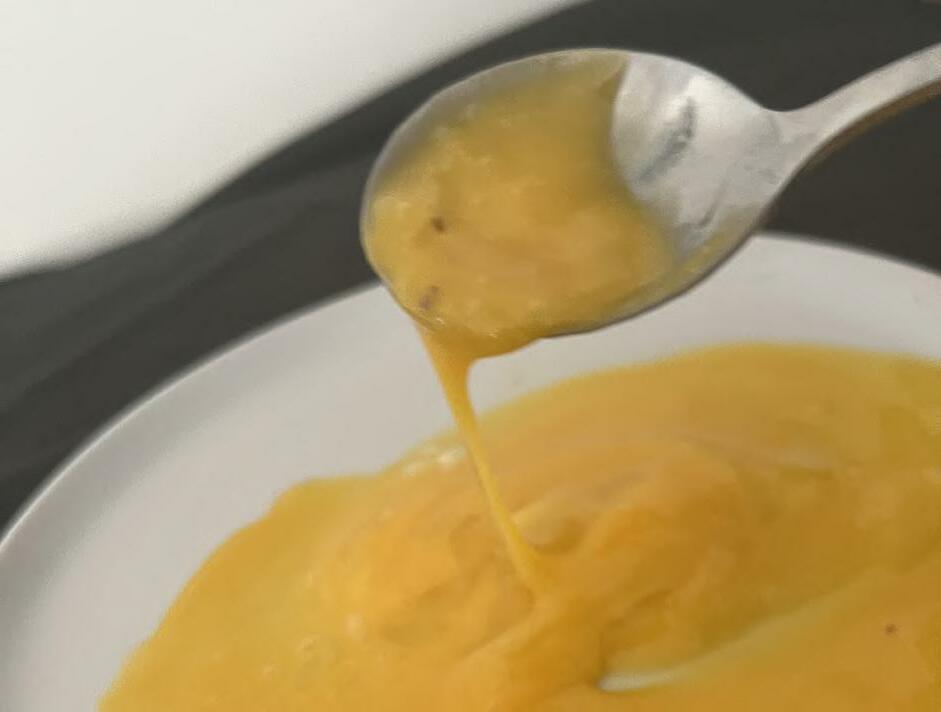
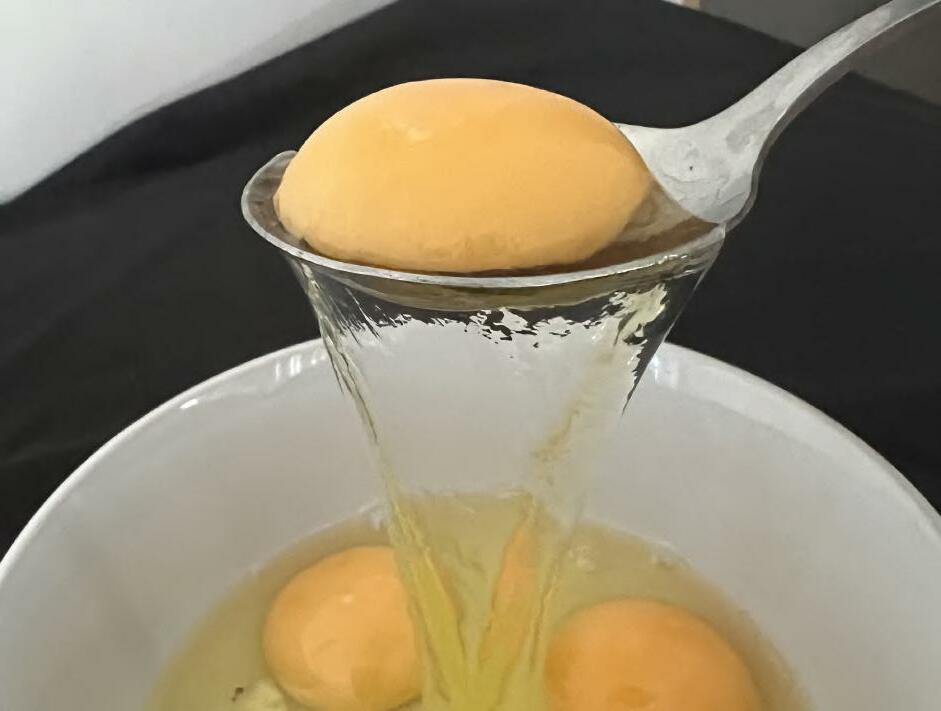

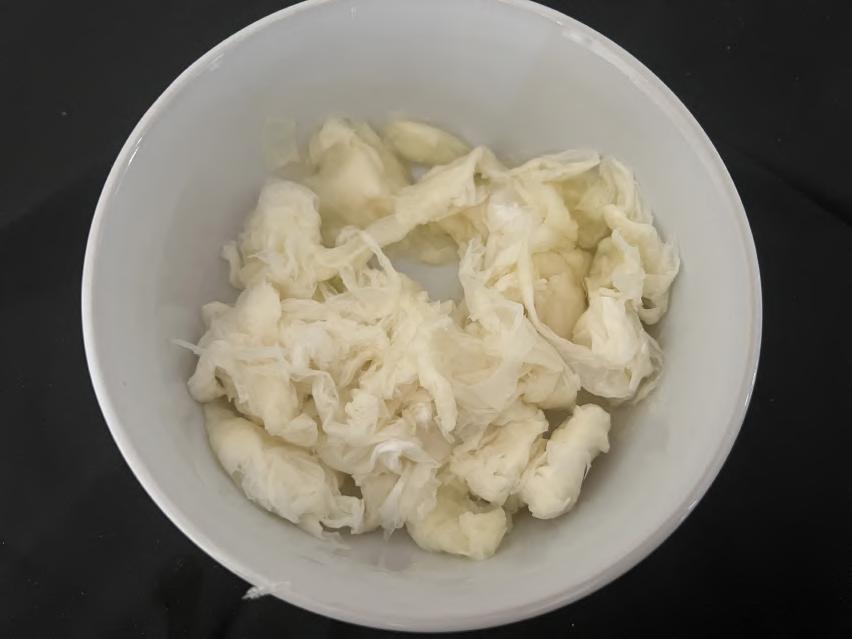

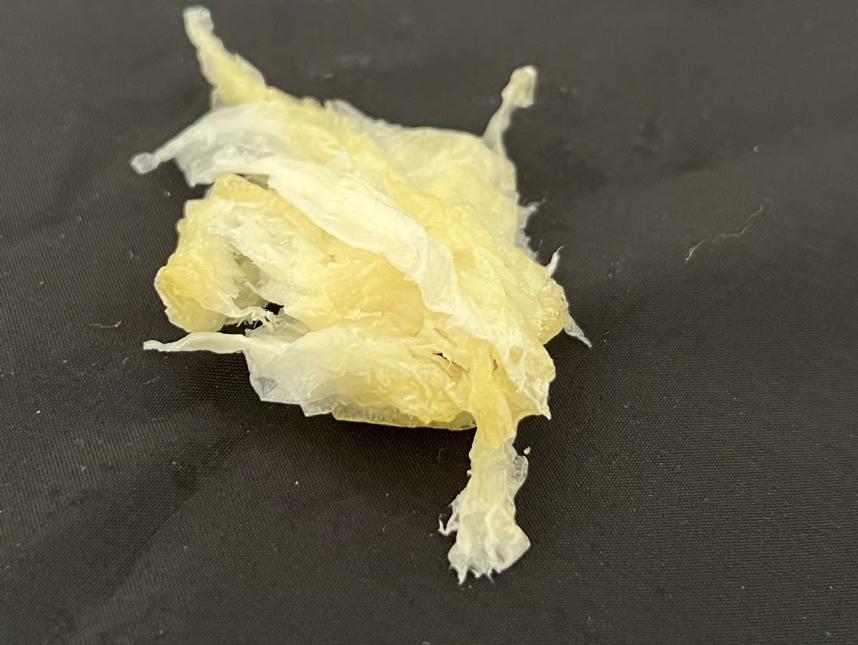


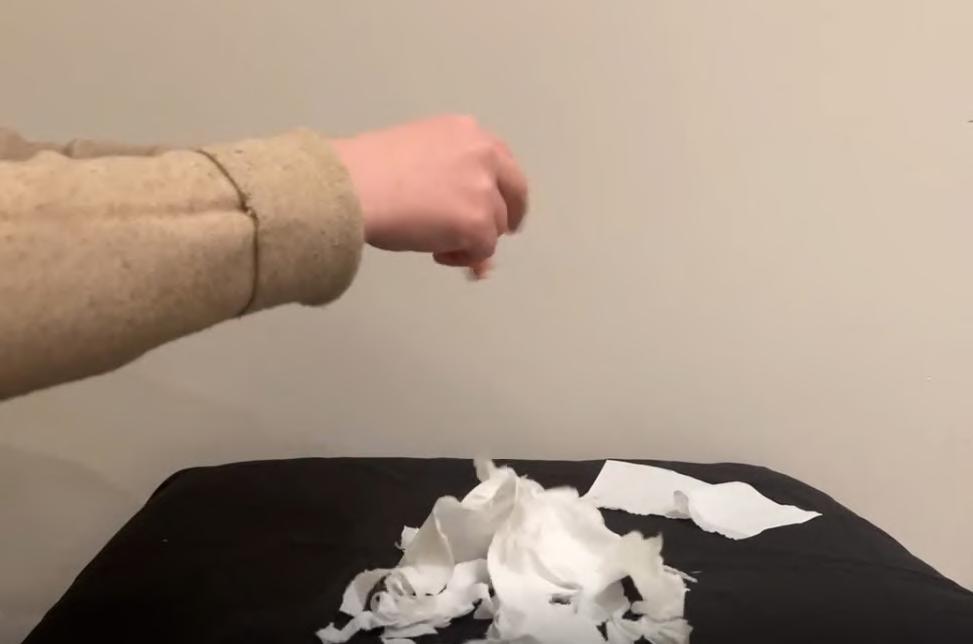



I MIXED IT Soak Immerse Soft Disapperaed
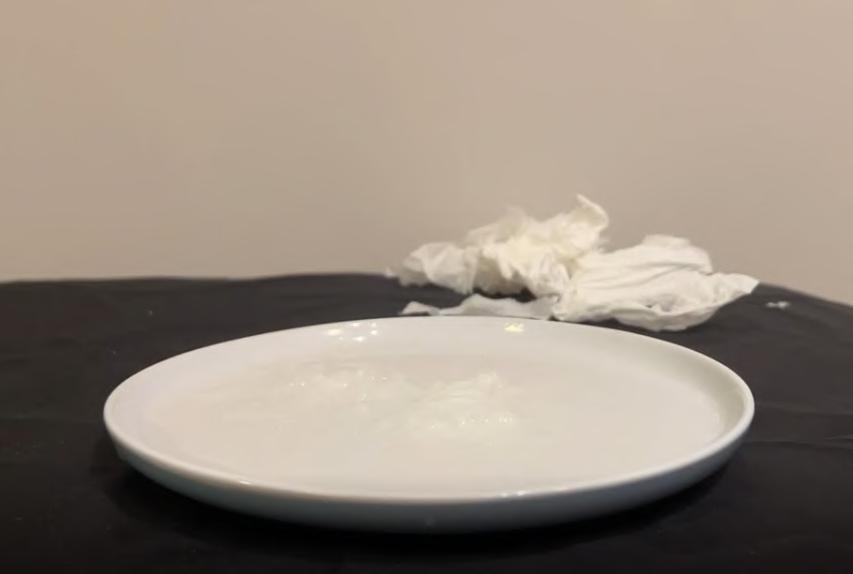

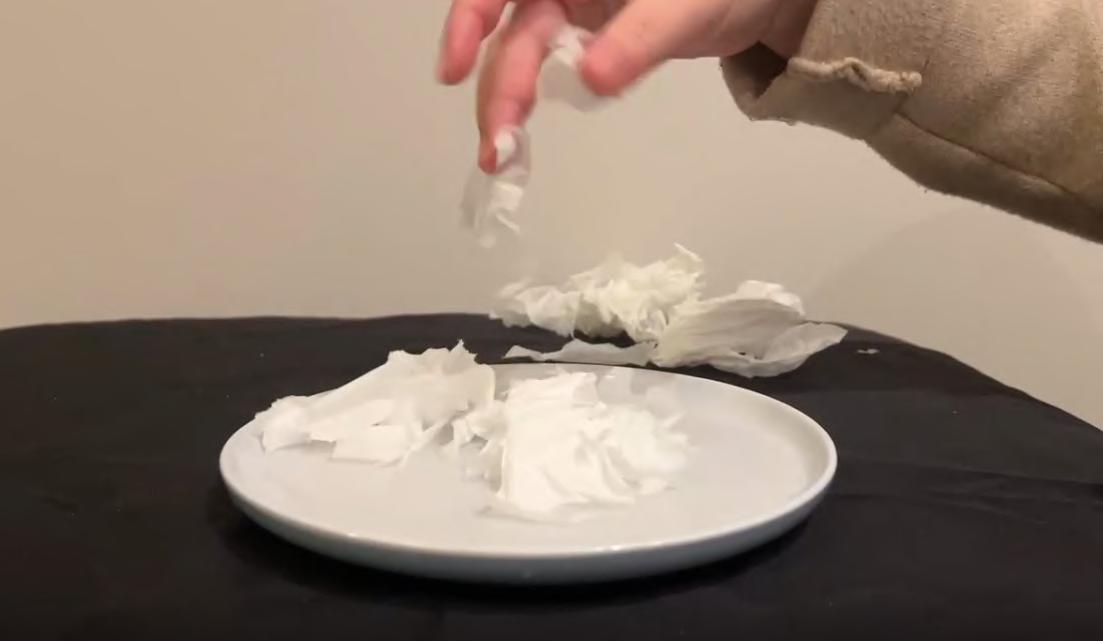
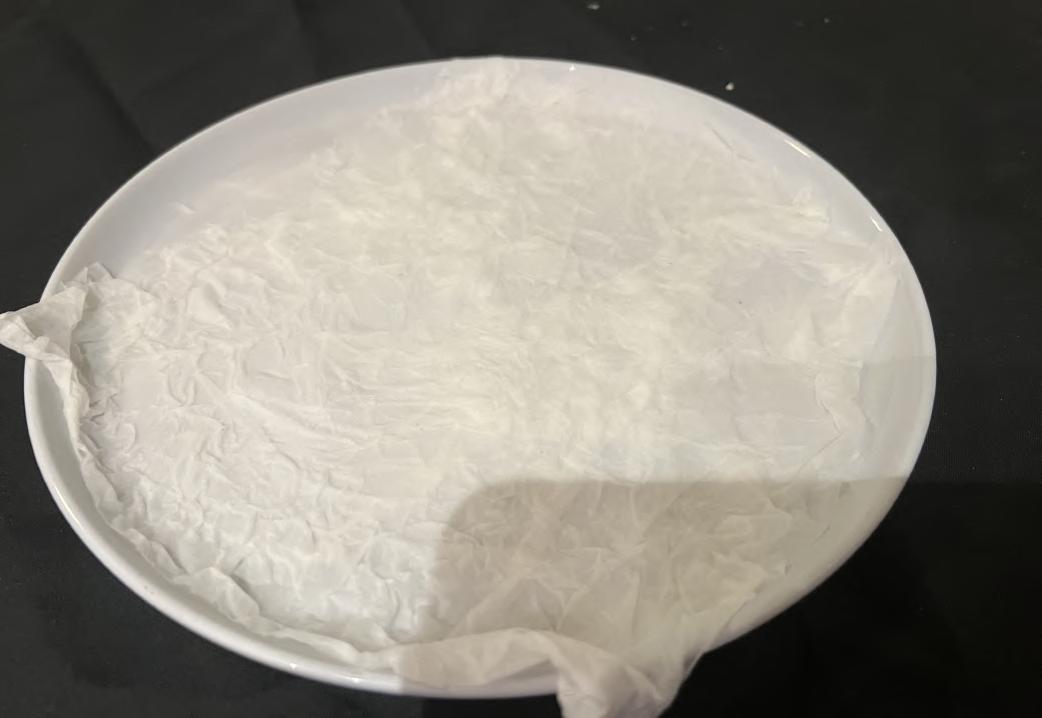

Primary and Secondary Material
Eggs contain egg shells, egg yolks, and egg whites. Egg shells are fragile and can be easily broken into pieces. But at the same time it is strong, it can withstand a lot of force when the average force is applied, and the eggshell has a protective effect. The potential of eggs is to use the parts as materials to participate in the production. The egg shell can have infinite collage possibilities through the gap. The egg yolk is a natural color pigment, the egg white is sticky and can be used as an adhesive, and the egg's limitations are very fragile. What interests me is its cultural meaning, historically as a symbol of women, in pagan symbolist countries like the "Tree of Life" or goddess symbolism where eggs were used as a symbol of women to commemorate. I'm more interested in women's issues, I think eggs associate with fertility, there is a social problem of women's effects during fertility association with the material I choose. Eggs are degradable and non-permanent. This material is easy and cheap to get from daily life.
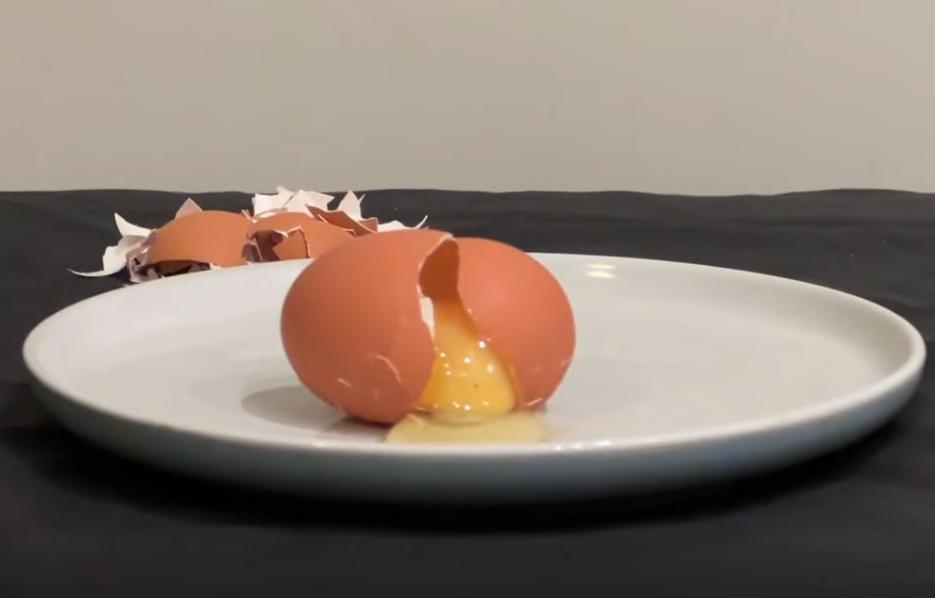
Tissue is a very soft material which is completely opposite to the main material, it acts as a bonding and adhesive to help connect the various parts of the main material, the main material and the second material are complementary, it is added to the work, it's less essential than the main material, because it is used in a small amount and does not take on the main concept of the work, it just acts as a glue in the work.


Week 3 Lecture Response
Mechanized materials such as scaleless glass sheets, enamelled metals, and synthetic plastics are always used in modern architecture, often presenting only their hard surfaces without conveying their material nature or age. Architectures of this technological age are often deliberately striving for timeless perfection, they do not incorporate the dimension of time, or the inevitable, spiritually significant process of aging.
I am interested in Dale Harding's work, especially aboriginal rock art. He leads people to think about how is it that material can evoke the presence of something that is not stated. In this artwork, the artist wanted to create a duality between the heavy stone shell and the inner lightness.
He took inspiration from the traditional stone roofs of Japan. He used traditional methods and local indigenous rock art traditions. Through his cultural contacts and discussions with his elders, increasing the connection with family and country, he has been doing work and rock art has a strong interaction, through ochre dye embodied in the fresco artwork. The artwork, which establishes a relationship between the material and the local culture, also appeared at the University of Sydney. He sought to create a connection between the university campus and the sandstone that connects cultures and communities in the eastern part of the continent.
Through this lecture, I learned more ways to express materials and how to connect materials with narrative, place, politics, sustainability, history... and more ways to express my ideas in artwork.

Week 3 Reading Response
Lick and Lather--Janine Antoni
https://art21.org/read/janine-antoni-lick-and-lather/

"Chocolate is a very desirable material and licking yourself in chocolate is a gentle gesture. Putting soap in a bathtub is like giving birth to a baby in it. "Through this process, the artist feels that he is slowly erasing himself. For artists, it's about this love-hate relationship between the inside and the outside.
The artist thinks it makes sense to try to copy or somehow handle everyday objects, everyday materials, because the artist finds himself constantly there. The way of creation of this artist makes me feel that the process of shaping an artist is also a kind of art. In the process of creation, she integrates herself with the work, and the process of creation is also a part of the work of art
Through the study of this reading, I got inspired trying to replicate or in some way work with everyday objects, everyday materials to make an everyday object out of another kind of material, casting it into that shape.
D Harding introduces 'Wall composition in Reckitt's Blue'

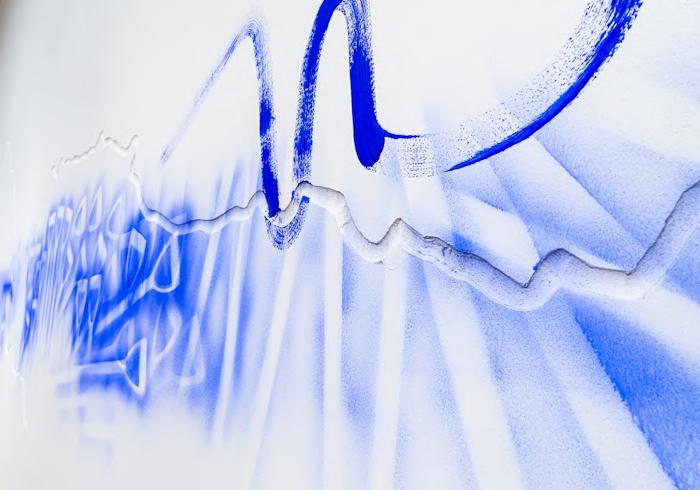
https://www.youtube.com/watch?v=b5YUwryn1KQ
The artist thinks it makes sense to try to copy or somehow handle everyday objects, everyday materials, because the artist finds himself constantly there. The way of creation of this artist makes me feel that the process of shaping an artist is also a kind of art. In the process of creation, she integrates herself with the work, and the process of creation is also a part of the work of art. He has been making objects and installations around social and political history, hoping to be culturally inherited, inspired by community, landscape environments, and to respond to and apply the rock art of Central Queensland country in his production and sculpture.
In Reckitt Benckiser's blue wall composition, he introduced a dark blue pigment to replace the traditional rock ochre. For the author, laundry detergent symbolizes the domestic work that generations of his female ancestors were forced to do through government policy. In the upper right corner of the work, three spectral Outlines represent generations of women along Harding's maternal line.
Instead of the more common stencils of hand or craft, he used a shovel handle and also an object at hand -- a tool on the floor of his studio. Gullies in the walls mimic natural features, ridges and caves, and also reference the river system that connects Aboriginal people in central and southeast Queensland. In this work he links the material history of domestic servitude in Queensland with the female characters of indentured servitude and other manual workers.
This reading inspired me on how to connect geographical culture and artworks,
Background Reserch 1
Research about the abortion debate in America
According to Xinhua News Agency, on May 24, the U.S. Supreme Court overturned the case of Roe v. Wade, which established the right to abortion at the federal level nearly half a century ago, which means that women’s right to abortion will no longer be protected by the U.S. Constitution. The Supreme Court struck down Roe v. Wade after considering an appeal against an abortion restriction law in Mississippi. According to the New York Times: The bill prohibits any pregnant woman from having abortions, including sexual assault, incest and other involuntary circumstances. Any doctor who assists with abortion will likely be charged with a felony and face up to 99 years in prison. The majority of the American public disapproved of the Supreme Court's decision to overturn Roy, acknowledging that the unborn fetus is part of a woman's body and that a woman has the right to decide what to do with it. American Hollywood actress Alyssa Milano called on women to join a "sex strike" on Twitter to protest current abortion laws, and she spoke out on social networks: "Before women have legal control over their bodies, We cannot risk pregnancy."


As the number of licensed and legal abortion clinics in the U.S. continues to decline and prices become prohibitively expensive, this evolution has gradually pushed women who are already in a disadvantaged position in society into an even more isolated situation.
For those teenage girls who are underfunded, especially those with unwanted pregnancies, the lack of external environment makes them only go to some illegal clinics for abortion, and the degree of danger is self-evident.
https://www.pewresearch.org/fact-tank/2022/07/15/key-facts-aboutthe-abortion-debate-in-america/
https://www.bbc.com/news/world-us-canada-57208053
In the process of abortion, there may be dangerous situations such as heavy bleeding and elevated blood pressure. Generally, small clinics that are illegal do not even have procedures for sterilizing equipment, and they cannot handle these sudden situations. Under this anti-abortion bill, not even victims of rape or incest can have an abortion so they can have a child. Being pregnant for ten months brings not only physical but also mental torture
A survey created by myself from 18/08/2022 on the impact of women after giving birth. Questions and Results are in the document:https://docs.google.com/document/d/1twHCVBLSp2ryAJPT5y1zmGXBOwyj--smkSsCUMWWXdI/edit?usp=sharing
Gender distribution in the survey
Regional distribution of respondents
Age distribution of respondents
The survey was created on August 18th and lasted for 10 days. I have conducted a questionnaire survey on 147 people from 20 to over 50 years old. Females account for more than 80% of the respondents in the questionnaire. Most of the respondents were from China, while a small part were from Australia and the United States.
*Question only for female
Answer distribution about body anxiety in women during pregnancy
Answer distribution about body anxiety in women during pregnancy

Percentage affected by body anxiety during pregnancy
Percentage affected by depressive emotion during pregnancy
About 70% of women in the survey of women's problems experienced some degree of anxiety about their body shape during pregnancy, and they were afraid that they would not recover in the future. Also, 67% of people said that they or their partner had varying degrees of anxiety and depression before and after giving birth. 5% of them said they had been diagnosed with depression. The multiple-choice shows that couples have quarrelled for various reasons after childbirth. Among them, child education is one of the most discordant topics in the family, followed by mother-in-law problems and family financial issues. Only 17.4% said they had no unpleasantness with their partner during this period.
Answer distribution about unequally treatment when women return to workplace after giving birth
Answer distribution about compressed into the social living space after giving birth
*Question only for female
Answer distribution about loss of self after giving birth
No--0% A few--30% A little--50% A lot--80% Lots of--100%
Percentage afftected by unequally treatment when women rerturn to workplace after giving birth Influenced Uninfluenced
No--0% A few--30% A little--50% A lot--80% Lots of--100%
Percentage affectived by social space compression after giving birth Influenced Uninfluenced
No--0% A few--30% A little--50% A lot--80% Lots of--100%
Percentage affectived by lossing of self after giving birth Influenced Uninfluenced
Although nearly half of the respondents indicated that they have not been treated unequally in the workplace, the unequal treatment of pregnant women in the workplace still exists, and more than 60% of the respondents indicated that they felt the compression of social living space after giving birth, including but not Due to the low social competitiveness, he was treated differently at work, and was rejected when applying for a job because of the gap between raising children. Research also showed that about 75% of women feel a sense of loss of self after giving birth, which is now manifested in the change from an individual to a mother of a child. Others focus more on the role of women as mothers of children rather than independent individuals.
*Question only for female
Answer distribution about the intention to continue procreation
According to the questionnaire, the biggest reason why women are willing to have children is traditional family concept, followed by love for partner, and other reasons including love for children are also one of the reasons why women are willing to have children. But about half said they were unwilling to have another child after giving birth for various reasons.
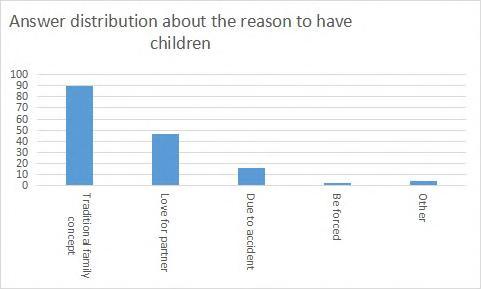
*Question only for male
Answer distribution about the mental care from partner
During pregnancy, men said they were concerned about women's psychological state to varying degrees, but only 8.1% of the respondents had received professional psychological counseling
Answer distribution about receiving professional psychological counseling
The study has limitations. The lack of a large number of samples (questionnaire respondents) during the questionnaire survey may lead to inaccurate results. Also, the study may have biases caused by cultural factors. Most of the samples (questionnaire respondents) are from China. , cultural backgrounds and social backgrounds are different, and the results of this study are regional. Nonetheless, the research reflects the issues and challenges faced by women who experience childbirth in society.
To sum up,
Pregnancy is not only a physical torment but also a mental one for people in places with antiabortion restrictions, which in disguise require women to equate sexuality with fertility. In today's society, women's lack of sexual autonomy, society's disrespect for women's status in sexuality, and the huge burden and harm women actually bear during pregnancy are often not taken seriously.
Pregnancy increases a person's bodily size, making them appear to be asexual, desireless, and devoid of reproductive function, it is a symbolic taboo, and when they give birth, they progressively lose their identity and name. During the research of the works, I conducted investigations on the whole process from pregnancy to delivery with several mothers who had experienced childbirth not long ago or who have entered middle age. They worry about the distortion of their bodies, if they will be able to recover in the future, the risk and excruciating agony of childbirth, the difficulty of nursing, the cramped living quarters in the postpartum period, and the loss of self. However, this is not immediately apparent.
Material Concept: Protection and Vulnerbility
This initial sculpture expresses the delicate duality that exists between vulnerability and protection between the eggshell and tissue. The eggshell is inversely characterized as protective of the tissue's fragility.At the same time, the softness and cover of the paper towel support the broken egg shell, which play a harmonious state of mutual support and protection, which effectively creates a symbiotic relationship that is based on the value of vulnerability and the protection.


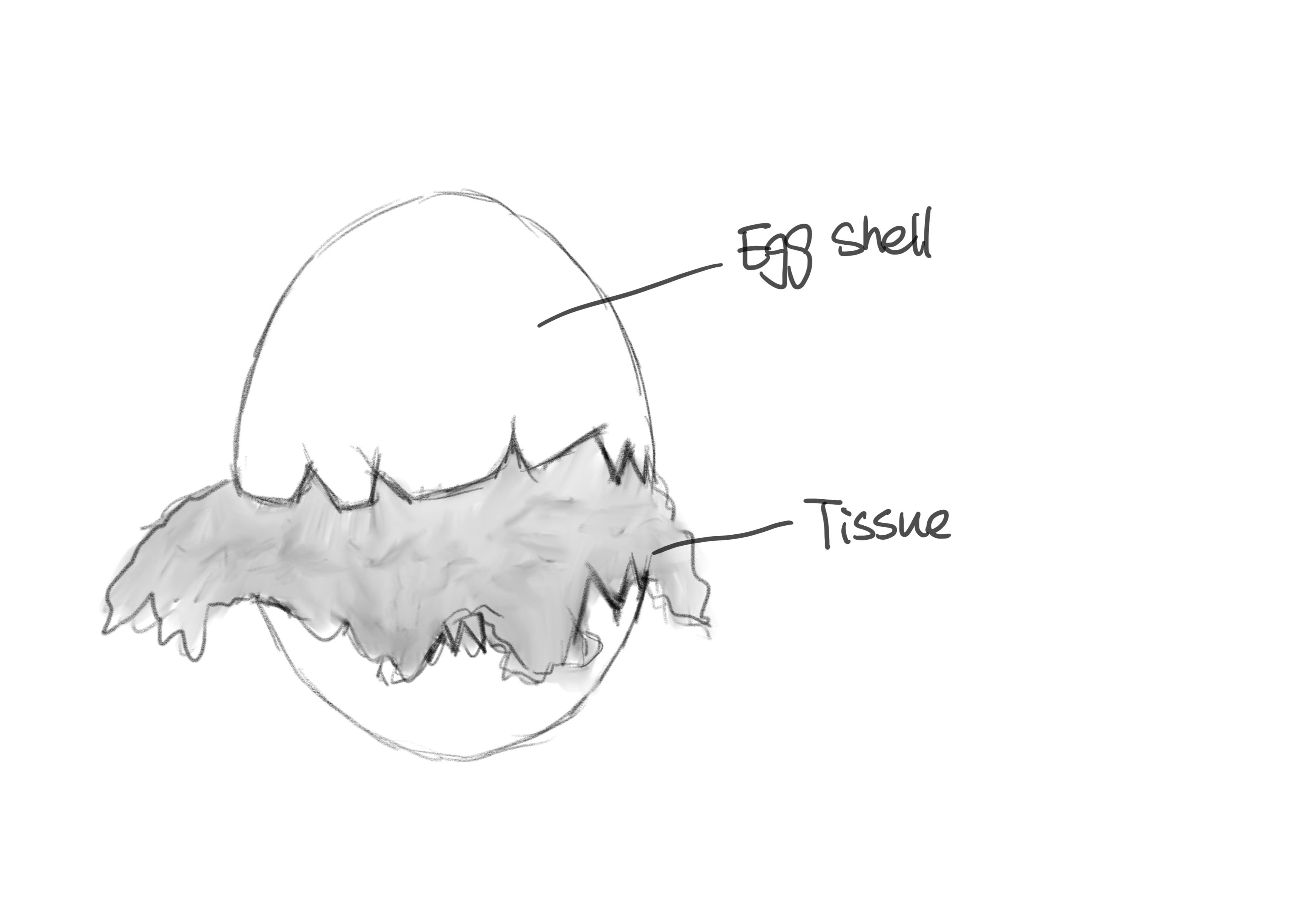



Material Experiment 2
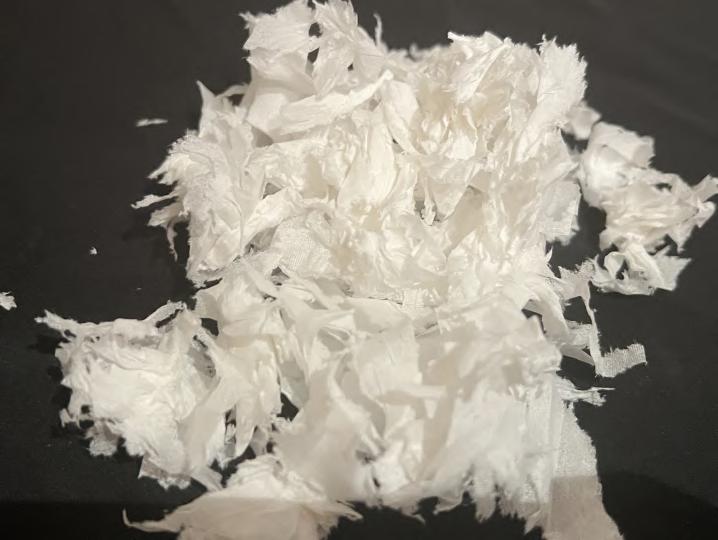
In terms of colour selection, I prepared paper towels with three different degrees of red, ranging from mottled red to red to dark red. Through the gradual change of colour, I tried to show the iteration of the incubation process and create different forms of the incubation process.
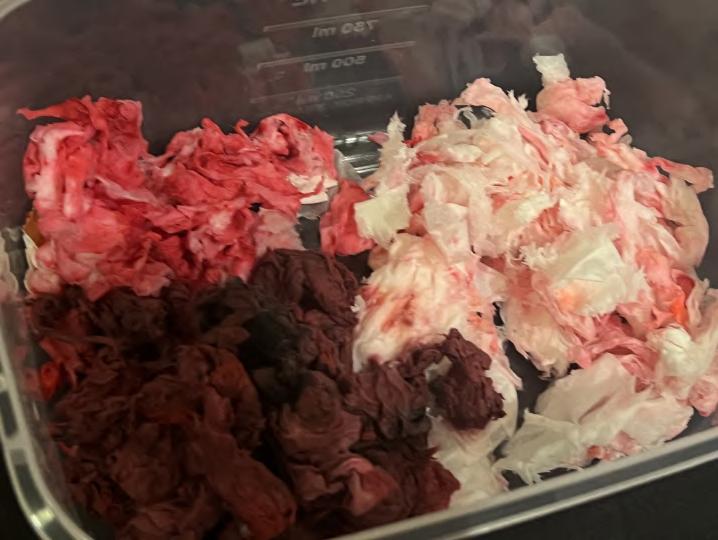
Limitation: Red pigment is not a natural pigment, it is additional material, and only using two materials would be better. For colouring, I can mix egg yolk and egg white in varying degrees to show a gradient of colour



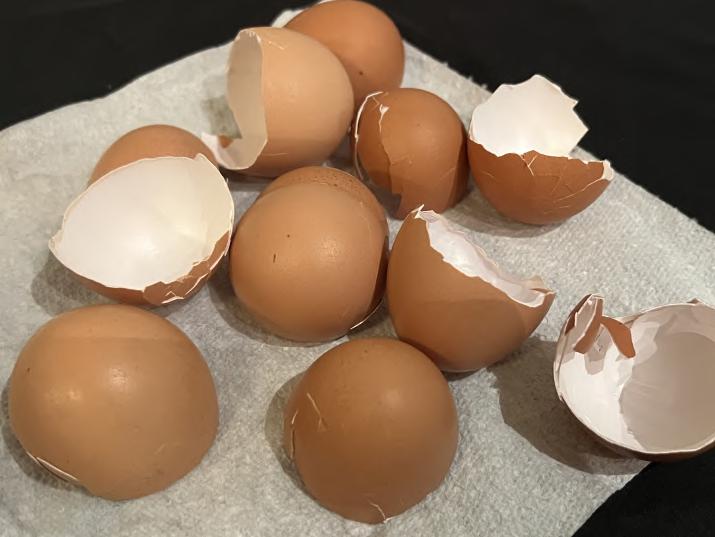
Dissolve the tissue in water and mix it with the eggshell, then air dry. Using tinfoil to shape shapes is a great way to shape what I want.
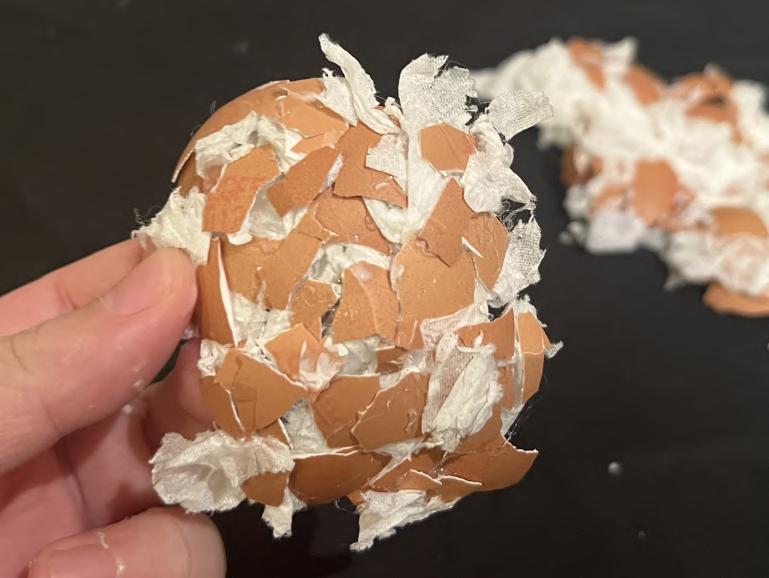

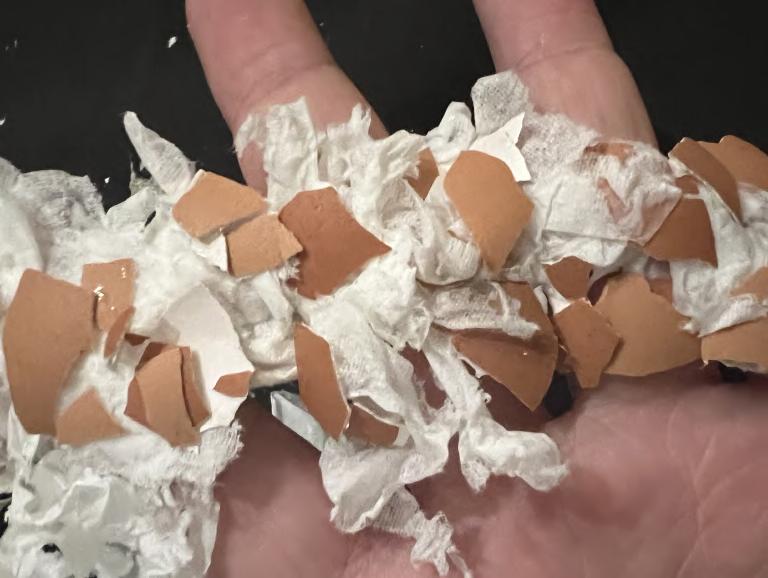
Limitation: The paper towel was not as hard as I expected when it came in contact with water, and it took 2 days to dry completely, which was too long. I can replace the water with egg white, mix paper towel and egg white to make it sticky, and it will be more firm after natural air-drying, and it is part of the primary material

The mix of eggshell and tissue has the appearance of cracks, which is more obvious under The light. It can guide The audience to feel The invisible scars of pregnant women physically and psychologically, and also reflects the fragility of women and the concept of bearing the weight of life. The process of breaking and rejoining the shell is a process of "repair"and"healing".





I try to use different red colours to represent the iterative process of pregnancy. The light red part is clean and gorgeous, symbolizing love and hope, while the dark red part is bloody and heavy, which intuitively makes the audience feel the burden of fertility.

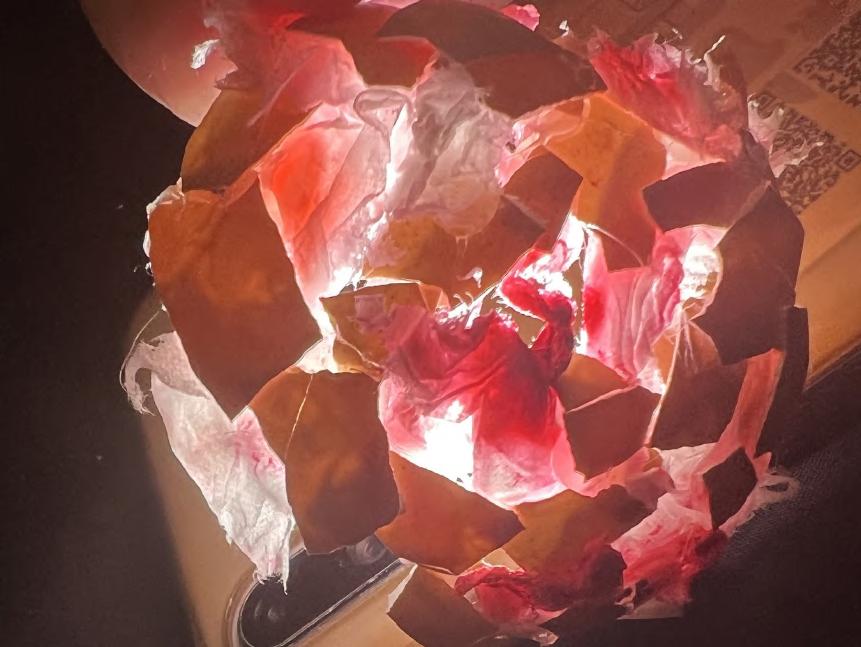
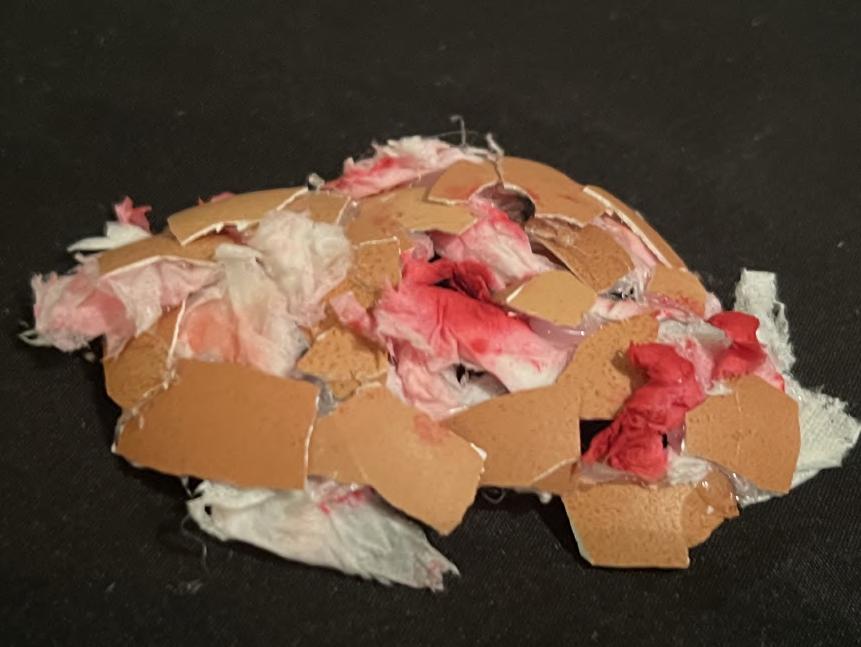
Limitation: Red pigment is not a natural pigment, it is an additional material

Explore the possibility of microwaving eggs and paper towels



30 second 60 second 90 second 120 second
Experiments have found that when heated, eggs solidify, become tough and have a delicious aroma. After being heated to a high temperature for a long time, the egg whites will become dark (120s) and firm. However, the hardness achieved after heating did not meet my requirements for the project
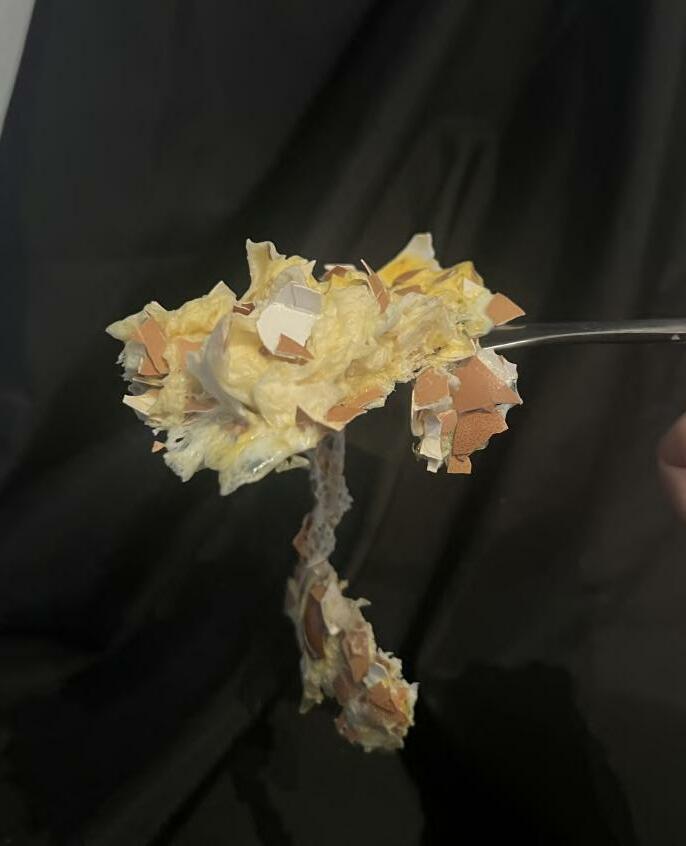



Iteration
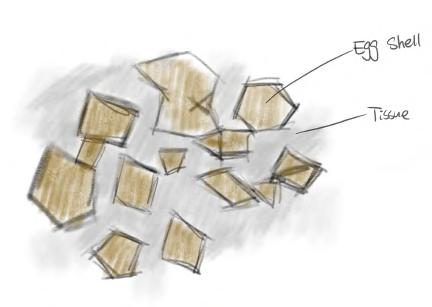
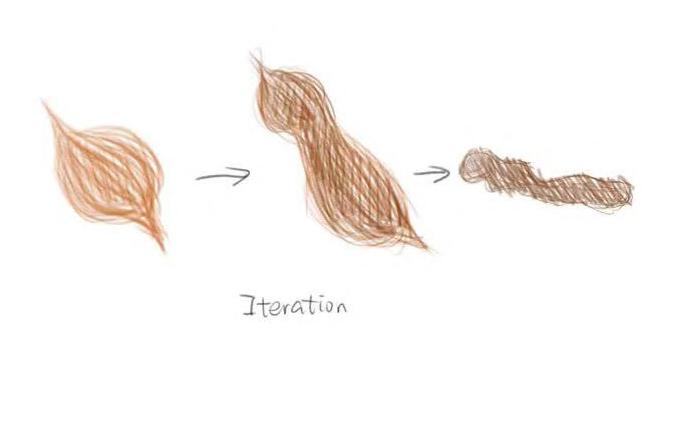
Tissue and egg white are used as adhesives, and the mix of eggshell and tissue is used as a carrier, echoing the fragility and toughness of the eggshell. The crack is a symbol of new life. At the same time, it guides the audience to feel the physical and psychological invisible scars of pregnant women. The color ranges from the pale yellow of egg white to mottled yellow to the bright yellow of egg yolk. The choice of color is also derived from primary color.
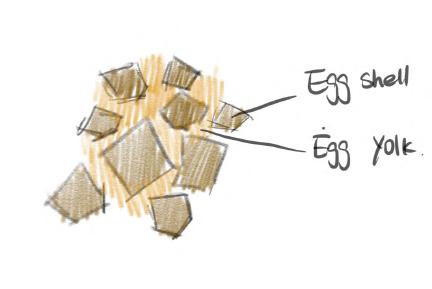

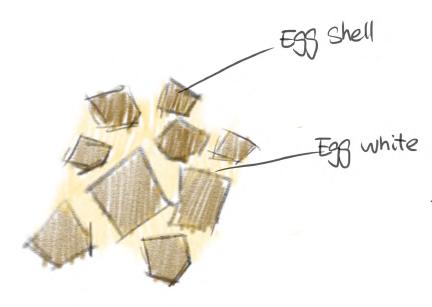



The shape of a series of works can be changed from the outer layer sees the inner layer that changes step by step, representing the iteration of the gestation process. It's irreversible and painful. The gaps and cracks between the layers of eggshells can be regarded as scars or selfexperience and psychological space, leading the audience to think about the invisible scars not only physically but also psychologically about women's pregnancy, reflecting the concept of women being weak and bearing the weight of life .
The fragile nature of eggshells is challenged by breaking eggshells and reshaping them into more rigid objects. The work touches the essence of the Gutai movement, extract the elements to be expressed from natural and social phenomena, looks for truth in a conflicted environment, allowing viewers to feel the burden of childbearing and reflect on the challenges faced by women.
By breaking the egg shell and remolding it into a more rigid object, the combination of the remolded eggshell and the paper towel is strong enough to easily withstand the weight of 400ml water. The combination of the paper towel and the yolk becomes so strong after air drying that it is impossible to destroy it with a large amount of force, challenging the fragile nature of the egg shell.


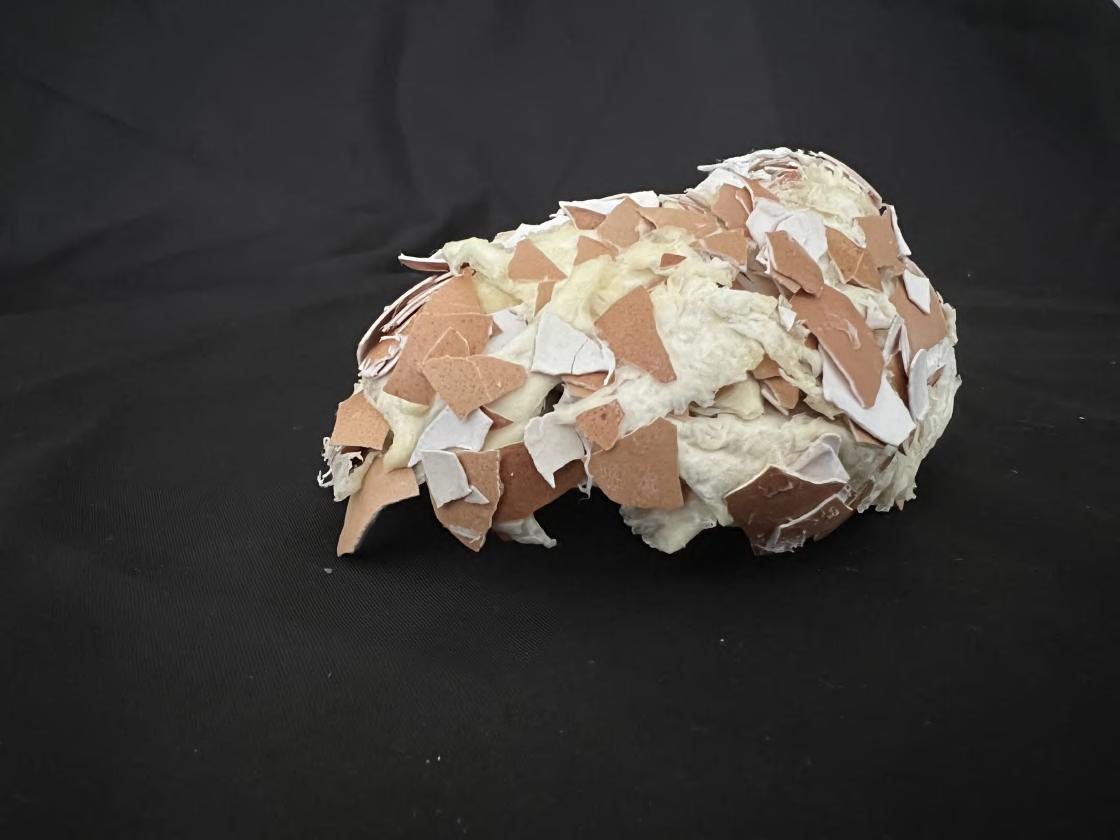
Yolk is used as a natural dye to add female characteristics and atmosphere as one of the symbols. It can achieve different degrees of yellow, white has faint yellow, yolk has bright yellow, and can reach light yellow by mixing with white. A series of shape changes can be seen from the outer layer to the inner layer, representing the iterative process of gestation. Different yellow and eggshell superposition together can make the audience feel the strength and pain of female life.


Series of projects
A series of works redefine the egg as an ovum, symbolizing gestation. Challenging the fragile nature of eggshells by reshaping fragile eggshells and soft tissues to make them more rigid and durable. The external fissure guides the audience to feel the physical and psychological invisible scars of pregnant women, and also reflects the concept of women's fragility and bearing the weight of life. The change of shape can be seen from the outer layer to the inner layer that changes step by step, representing the iteration of the gestation process. The superposition of different yellows and eggshells allows the audience to experience the power and pain of female life. Extracting the elements to be expressed from natural and social phenomena touches the essence of Gutai Movement, seeks truth in a conflicted environment, makes the audience feel the burden of childbirth, and thinks about the challenges women faced.

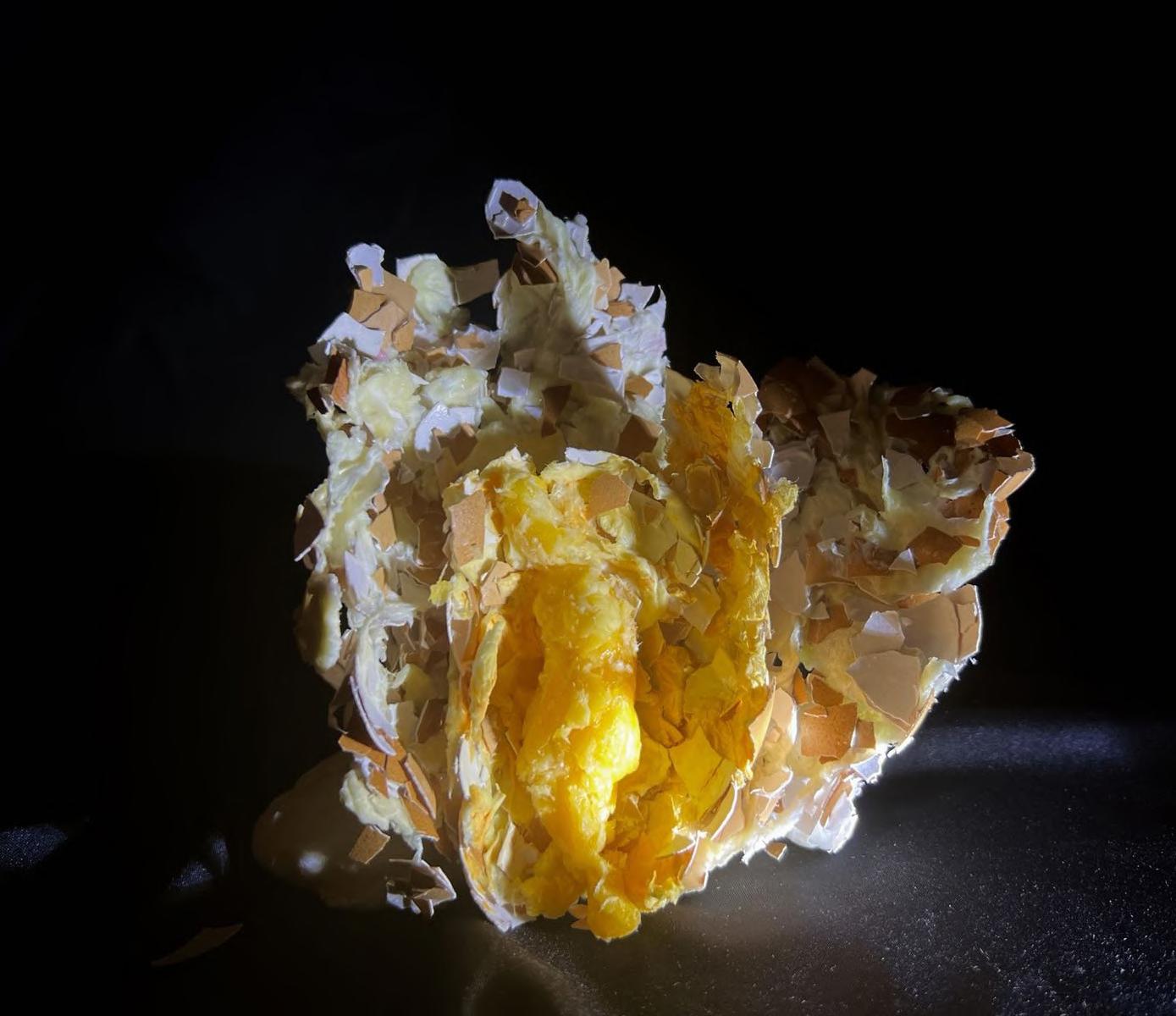
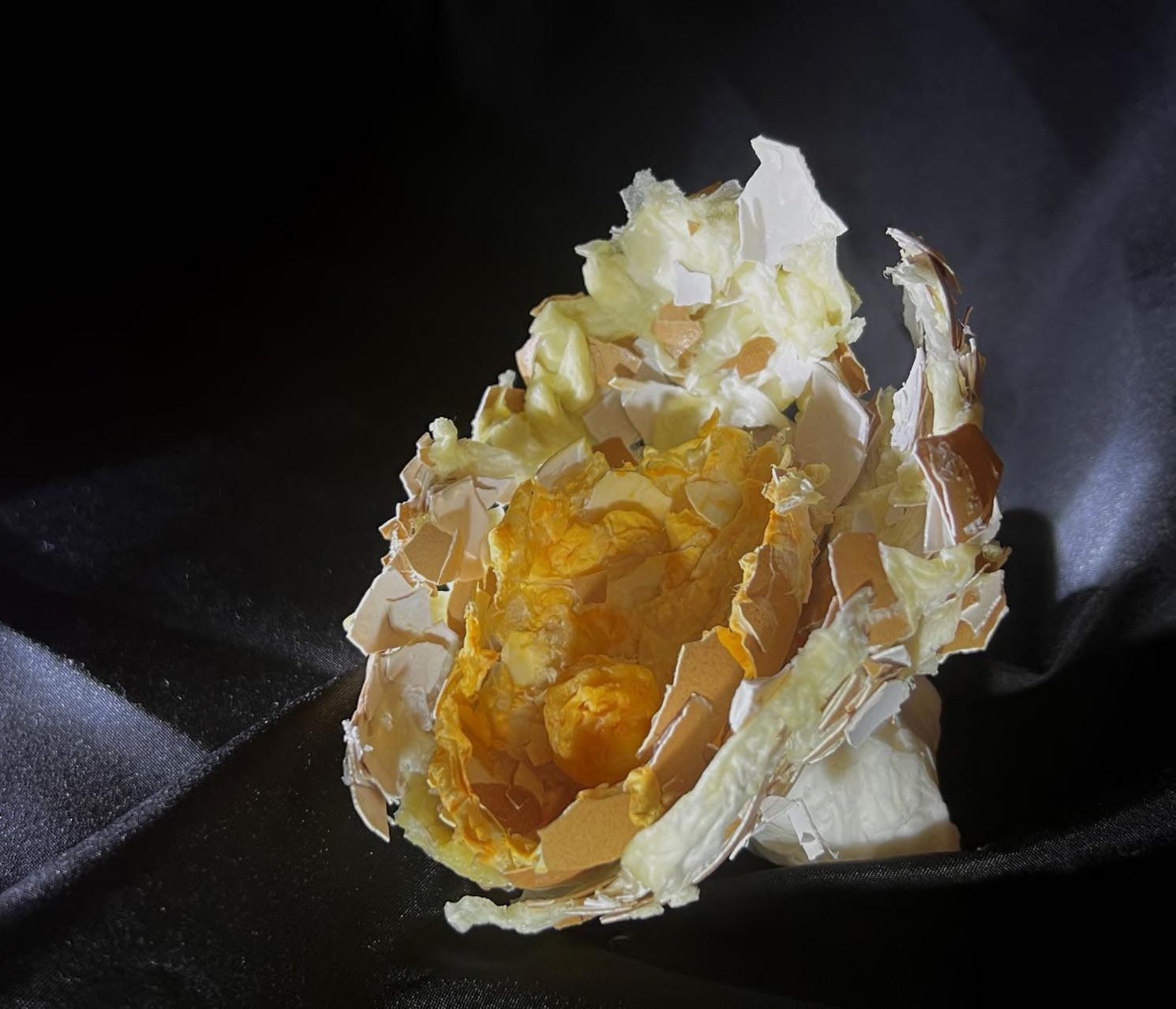



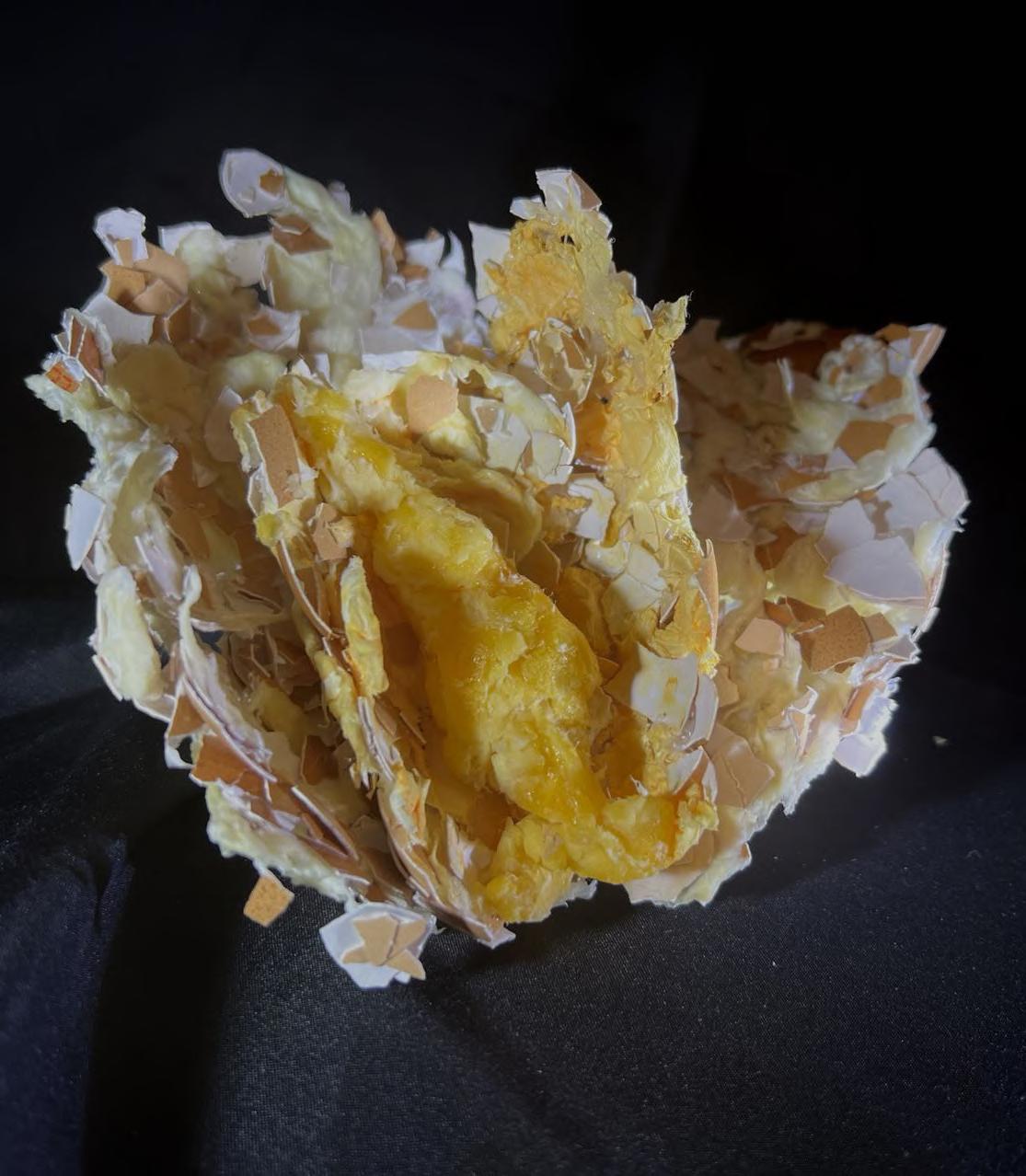
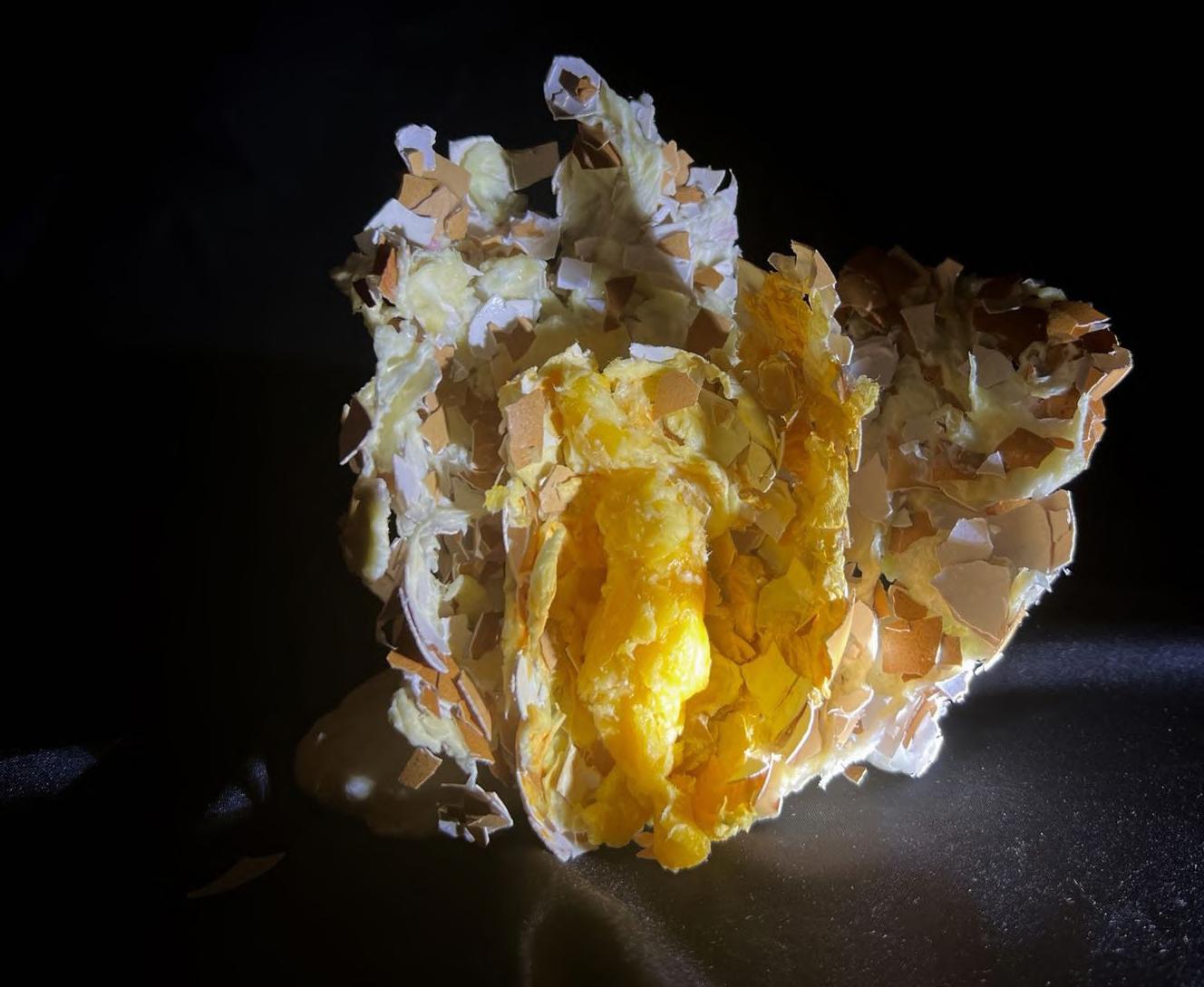




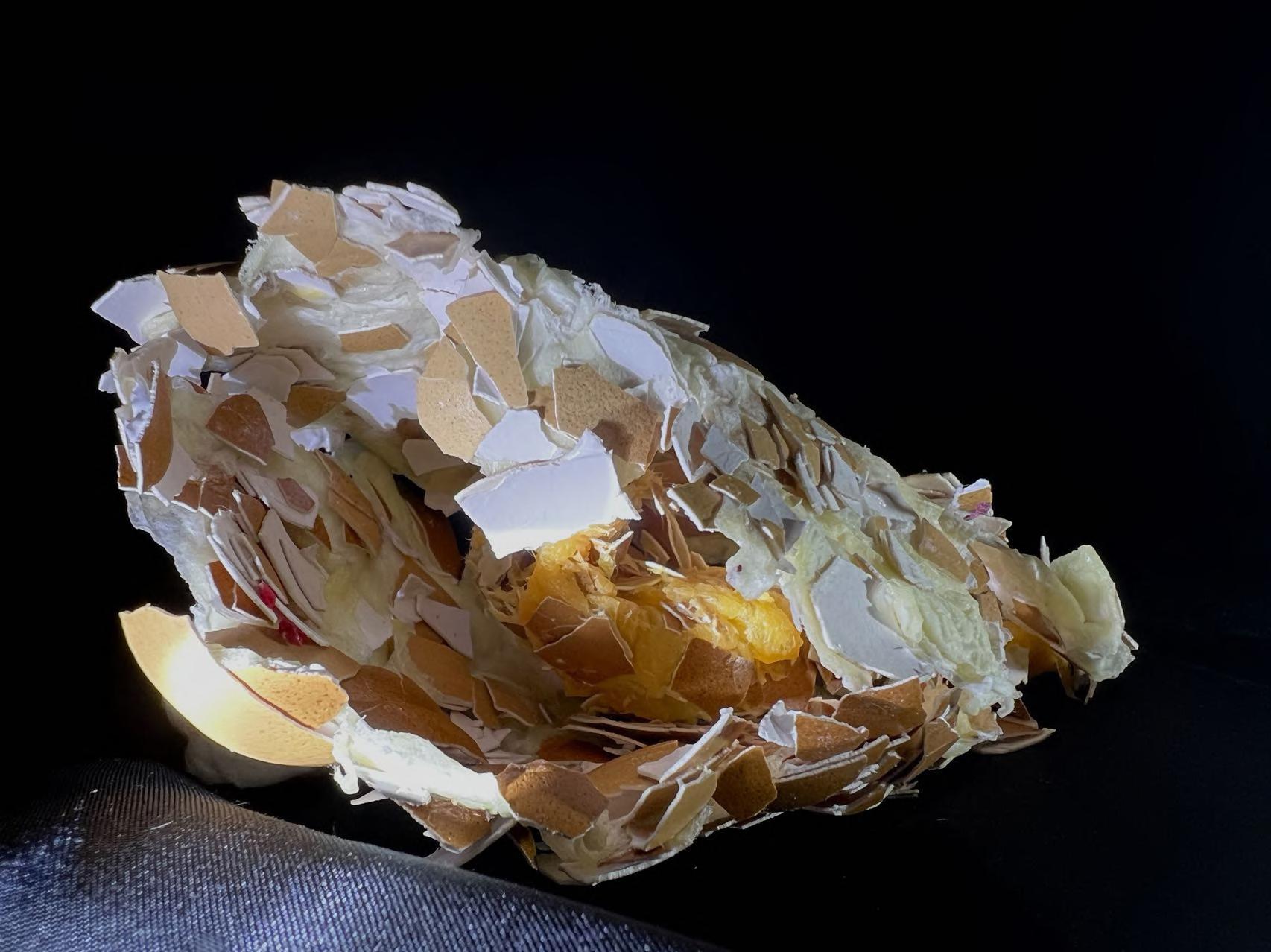

Precedent Artworks
Zhou Wenjing, Red Series Nº3, Plaster, 2016
An important piece of this series is a sculpture of a pregnant woman. The artist used solid plaster to create 12 female bodies. The heads, hands and legs were removed, and all the symbolic parts that could indicate female identity and status were gone, leaving only the female sexual characteristics: the breast and the bulging abdomen. The plaster was put in red ink, and when the plaster absorbed water, it had the effect of spreading disease across the body. Colour has a lot of metaphorical meanings. The first intention is blood. Bleeding is probably the single most frequent experience of the female body on a biological level: menstruation, childbirth, illness, and injury.
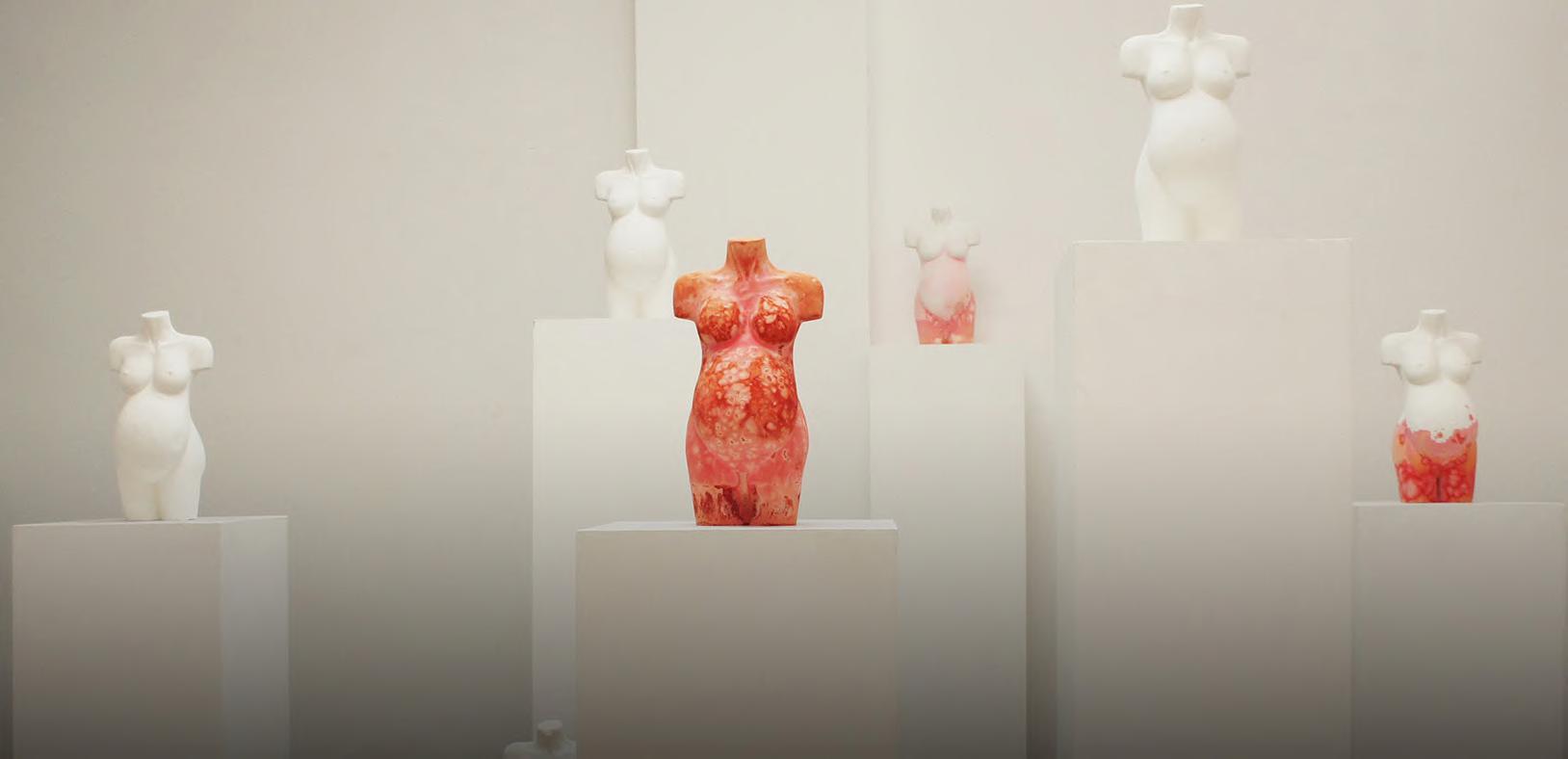

When I saw this work I was deeply touched by red, it led me to use red as one of the symbols to add feminine features and atmosphere, different reds are superimposed to make the audience feel the power and pain of female life.
Morgan, D. (2022). The Artist Confronting China’s One-Child Past. Retrieved 23 August 2022, from https://www.sixthtone.com/news/1006047/the-artist-confrontingchinas-one-child-past
Yue Mingyue, "Blessed Be the Fruit," gauze, 2018
She used a more delicate and novel approach to convey her artistic concept.
She virtualized female organs and showed them frankly in front of people. She used red yarn and red thread to create a distinctive "giant uterus".For a woman, the uterus is a female-specific reproductive organ, while for a mother, the uterus is the continuation of life and hope. The silk threads scattered at random are like extending blood vessels, intertwined in layers, creating a feeling of relaxation and dampness in the inner wall of the uterus. The soft and dense yarns are wrinkled and entangled together, giving a suffocating yet full of vitality both in touch and in appearance. In the choice of colour, Yue Mingyue chose red as the main colour, and through the gradient of colour, different forms of "uterus" were created. The light red part is clean and gorgeous, symbolizing love and hope, while the dark red part is bloody and heavy, indicating death and the end of life.


The artist especially "walked into the giant womb" to show the audience how to feel the encapsulation of the mother's body and the power of women in this work. The audience outside the "womb" can see the struggle and rhythm of life in the "womb" through the hazy spun yarn, and experience the shock of the power of life spewing out from the silent place. Together with the audience, the artist performed the beginning of life and realized the power of mothers together.
This work leads me to think about the power of women and provides me with female-related artistic concepts and design methods.
Colville, A. (2021). Interview with Chinese fiber artist Yue Mingyue. Retrieved 23 August 2022, from https://www.theworldofchinese.com/2021/06/tapestry-of-life-and-death-art/a
Sarah Lucas, 1000 Eggs: For
2018
Women, performance art,
Resented as a part of her upcoming retrospective, Au Naturel, the performance, as the title might suggest, consists of a thousand eggs. To make the work, Lucas invited participants to throw, hurl, chuck, pitch, fling, volley, and otherwise break every last egg on an enormous wall in the gallery specifically treated for this purpose.
Though the act of egg throwing never occurred to me as anything other than a Halloween prank or an arcane expression of disapproval, within this context, the act of destroying a thousand eggs took on an entirely new and somewhat personal meaning.
On the one hand, the work stood as a testament to female anger and the collective power to both create and destroy, sometimes in the same stroke. On the other, the performance also functioned as a much needed avenue for
The production process of this work is also a work of art. People throw eggs at the wall, and the egg liquid leaves a shocking yellow color on the wall, which gives me another idea about the main material. Gives me the inspiration that eggs have long been a symbol of female fertility. At the same time, using eggs as a color is also a natural artistic material, which gives me important inspiration.
McAloon, J. (2018). Sarah Lucas got Women to Throw 1000 Eggs at the Wall. Retrieved 28 August 2022, from https://elephant.art/sarah-lucas-1000-eggs-for-women/


Gallery Visit--MCA--PERSPECTIVES ON PLACE



The exhibition Perspective on Place focuses on illuminating broader ideas about geopolitics and environmental change, public life and guardianship. Together they reveal how the concept of place is intertwined with different cultural perspectives of time, history and belonging.
I particularly like these four works, Gill's (2008) recreating silicon imprints of dry lakes and riverbeds through bronze, recording these empty contours in incredible detail, turning the fleeting into a lasting document. The work of Cope (2020) shows the history of Sydney, representing indigenous architecture through oyster shells, and reflects the irreversible damage to oysters caused by the use of oyster shells as lime for the development of the city in early colonial times. A series of permutations also reflect the planning network of the city. Smith's (2019) work examines the chemical and social history of the Seine, which flows through Paris, and its adjacent waterways. The glaze contains visual traces of the chemical elements that permeate each piece of wood from the soil and water, which remain in its cellular structure, like a memory. "Kalyu" is a map in the broadest sense,It represents the landscape from underground to surface, bringing together aspects of geography, cultural knowledge and seasonal time. documents the fragile and interdependent relationships between different environmental elements, showing how hidden underground sewers (kalyu) play an important role in the biodiversity of the region.
 Untitled(Interior)II, Simryn Gill, 2008 Seine River Basin, Yasmin Smith, 2019 Foundations III, Megan Cope, 2020
Kalyu, Martu Artists, 2014
Untitled(Interior)II, Simryn Gill, 2008 Seine River Basin, Yasmin Smith, 2019 Foundations III, Megan Cope, 2020
Kalyu, Martu Artists, 2014


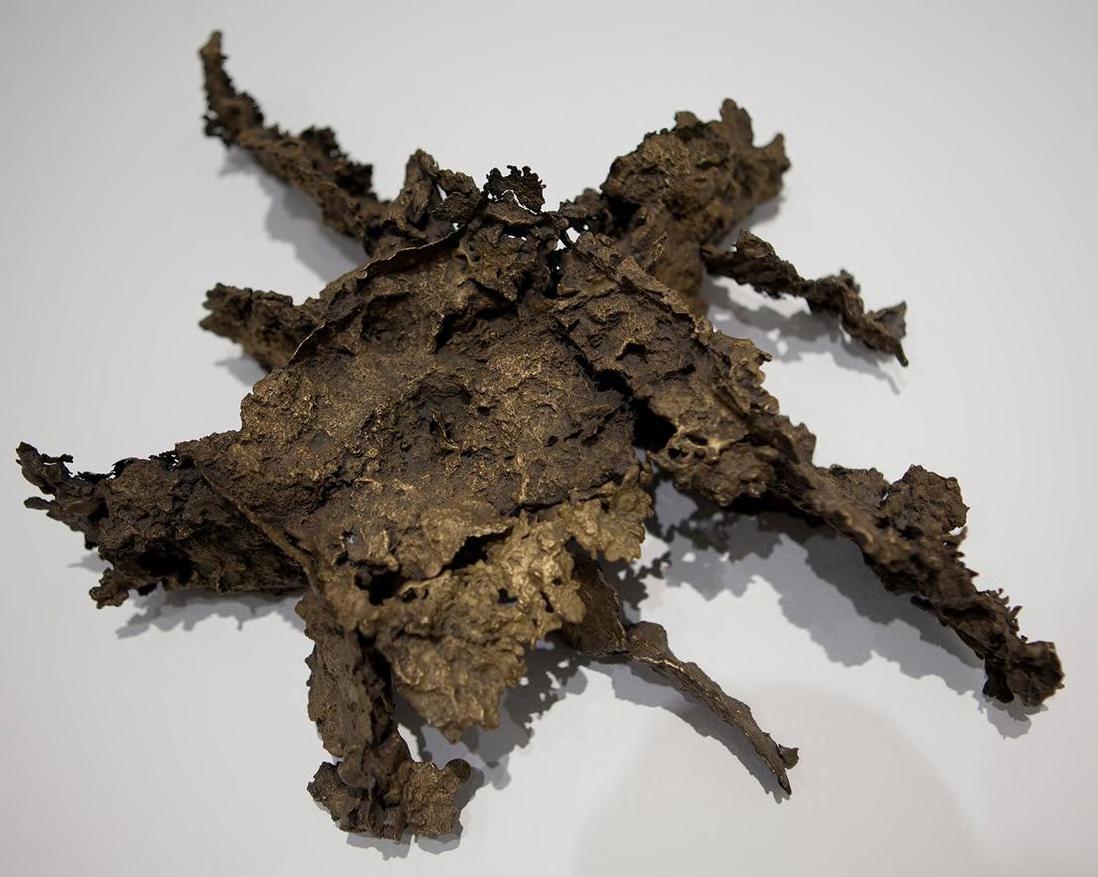
 Kalyu, Martu Artists, 2014
Untitled(Interior)II, Simryn Gill, 2008
Kalyu, Martu Artists, 2014
Untitled(Interior)II, Simryn Gill, 2008
Gallery Visit--White Rabbit Gallery--I loved you
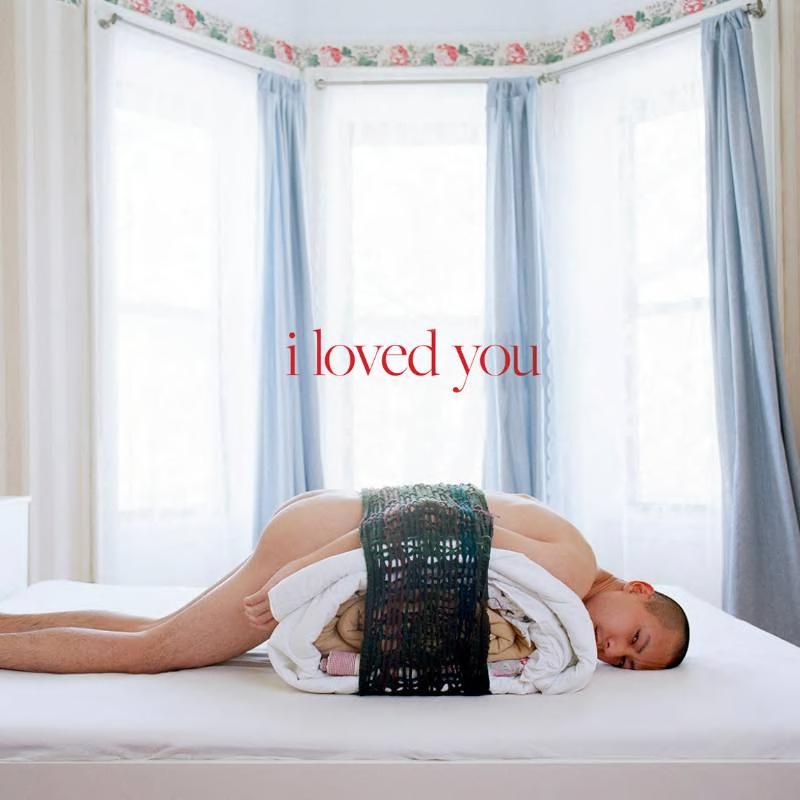
In this exhibition, artists show love in different periods, different types and different places through different artistic techniques. Love can be a time, a place, or even a memory. Traces of love can be found in our father's watch, on the skin of a loved one, or in the home of our grandparents. The artists in the show look for testimony to intimacy in a variety of scenes.
Visited on July 8th,2022
I feel that love exists in the expectation of waiting for a reply from a lover or reuniting with relatives and friends. In the distance between the people we love, our emotional world is filled with all kinds of gaps. In a variety of materials and methods, artists make me feel that whether these emotions were once passionate or painful, their absence in our daily lives is a constant reminder of the love we lost.

Li Lang: Father's 1927.12.03 – 2010.08.27
The artist shows us a series of seemingly ordinary black and white photographs of a hat, a watch and a wad of banknotes. These objects had been left by his father, a reminder that his father was gone. Inspired by the birth and death dates and numbers on his father's gravestone, he commemorates his father in his own way. The artist spent three years writing 241,752 numbers on each photograph, representing the 30,219 days his father was alive.
After understanding the background of the artwork, I was moved by the artist's persistence and love for his father. It is very creative to visualize the days of his father's life and reconstruct the warmth brought to the author by his father after a stroke.
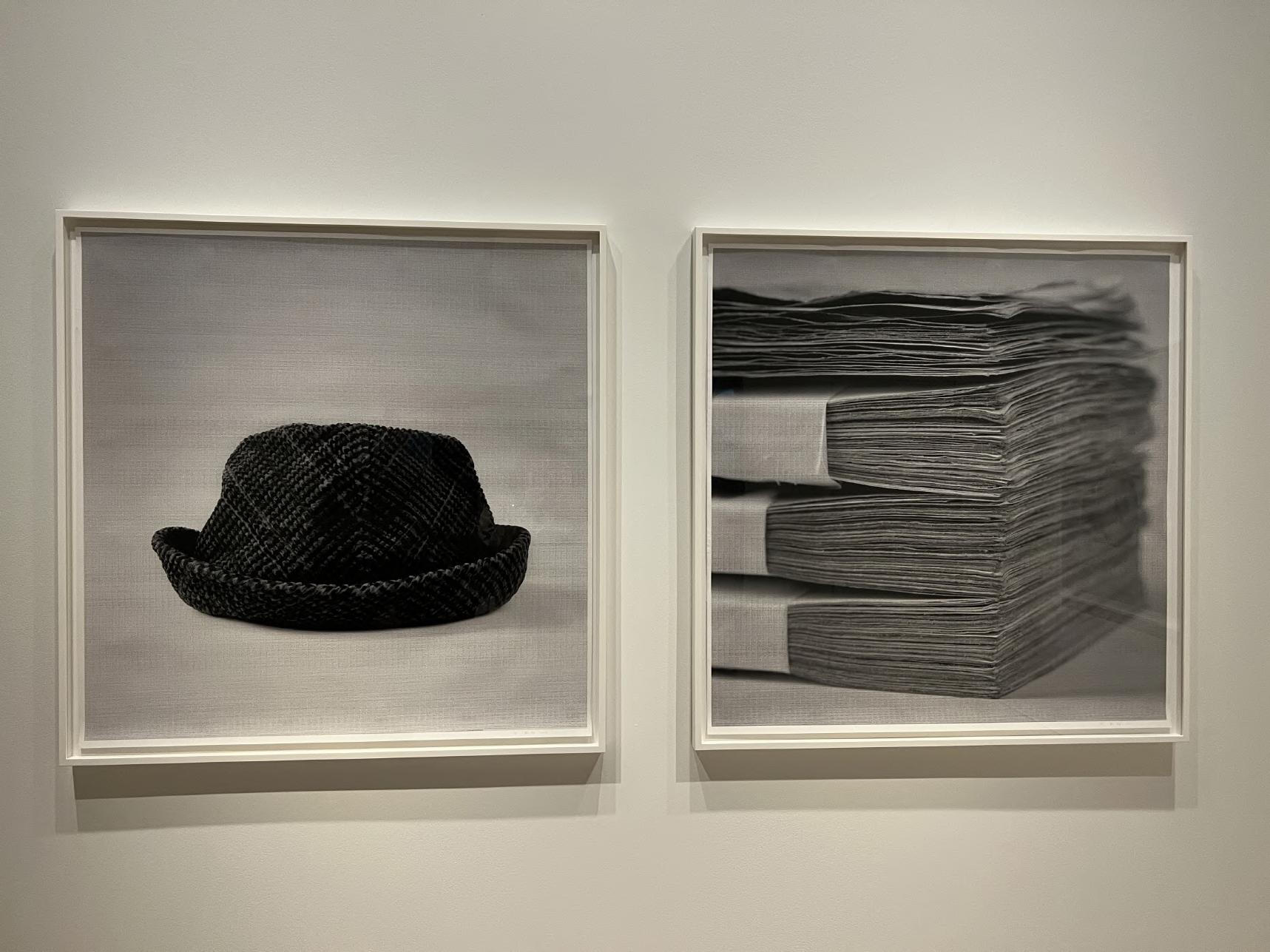
Guo Hongwei: Paradise, 2008, acrylic paint

The author mainly used acrylic paint in this work. In the painting experiment, he added water and turpentine to the oil painting. Use them to apply brushstrokes, the blurry paint symbolizing the ephemeral nature of faded memories. In Paradise, Guo takes his experimental painting to the extreme, creating sculptural installations made of hardened acrylic paint that, once dry, peel away from the backing. He showed six children playing, climbing trees, rock climbing and swinging on a playground. They hang from the ceiling and change with each breath of air. The hardened acrylic paint shows the viewer that memory itself is as difficult to grasp and fragile.
This work is similar to my project. Both of them explore the nature of materials through experiments and create a work of art using the potential and limitations of materials. This work conveys to the audience the short memory of childhood through materials and images, and the vague appearance of the work is like a faded memory, which is hard to capture.
The author uses acrylic paint to paint. In the process of stacking layers, the acrylic paint becomes thick and firm, and when it falls off, it can be permanently preserved like a sculpture. This process reminds me of Yang carvings in Chinese sculpture, as well as Yin carvings, which can well preserve the original appearance of objects. I used clay and flowers to preserve the blooming appearance of flowers by rubbing


Hu Jieming: The Remnants of Images A, B, C, 2013, multichannel
video installation, filing cabinet, LED screens, glass
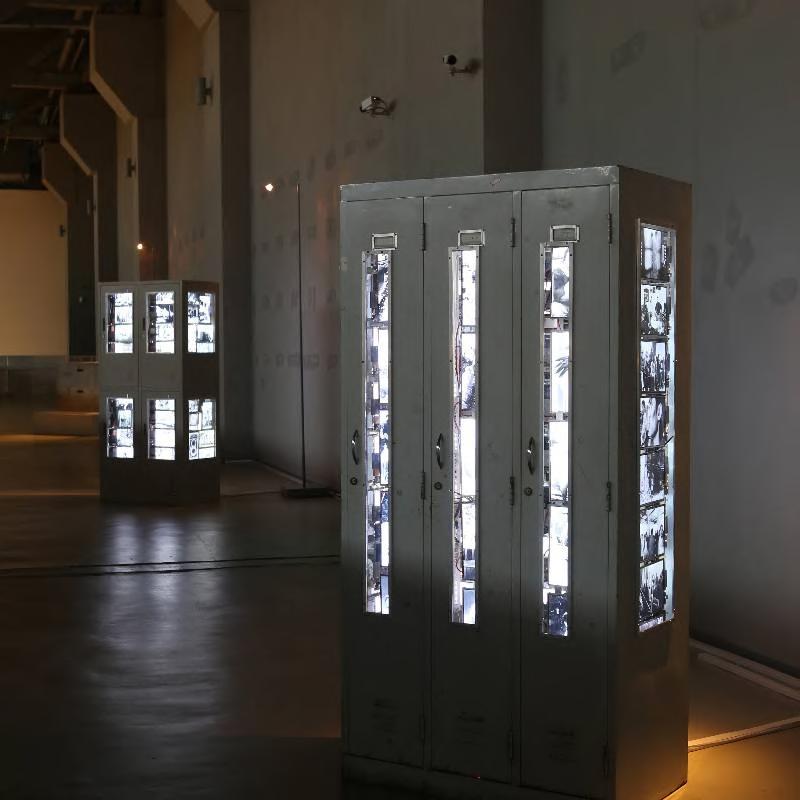
Hu has compiled a historical atlas of China using material from private albums, public catalogues and vast Internet galleries. The images in the work span from the earliest days to the year of the artist's birth, and are fragments of collective and individual historical memories. The collection cabinets that display them are reminiscent of dusty filing cabinets in government offices, and Hu sees the old furniture as "friends and partners" who share the past.
This work uses the person's physiological reaction namely after seeing some of the pictures even after we close your eyes will be projected onto
Geng Xue: The Poetry of Michelangelo, 2015, video, 19 minutes 9 seconds
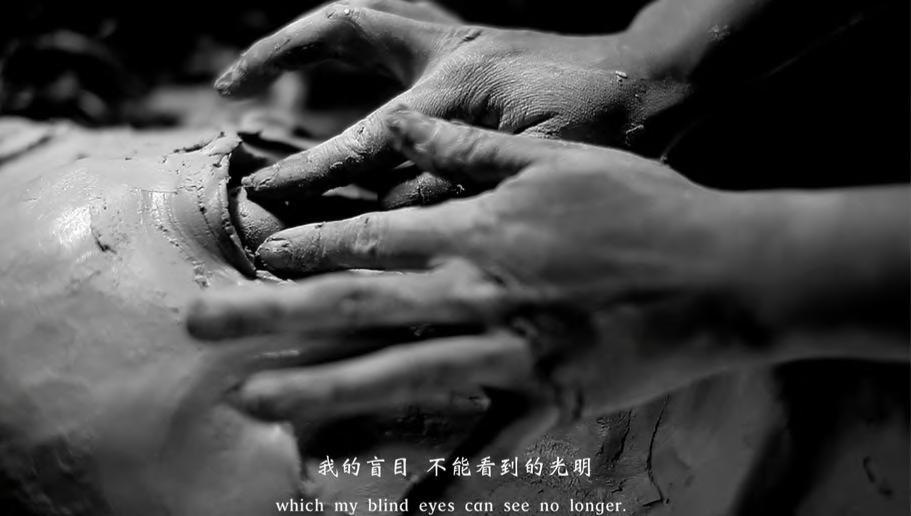


This is a performance art about sculpture. The artist's creative process is captured on video and accurately set to Michelangelo's love poem. At the end of the work the author blows on the statue, brings it to life, but cuts off its head. In his works, he constantly explores the "heavy" and "light" of existence -- namely, the cruelty and gentleness of life. Her work is both violent and full of the temperature of life. The subtitles of the video are love poems written by Michelangelo.
I think this work and my subject and similarities, the author in the creation process to explore clay more tactile material, clay is fragile and easy to dry, but the way artists languid is lazy sexy kneading, massage, shaping and touch clay, with both hands to push very soft clay, in the soil of the left hand ", using the body to feel the clay, At the same time, the artist uses the poem as a subtitle, which echoes the behaviour in the video and conveys special emotions and imagination to the audience.
It also reminds me of the first week of my studio work, I just poked the clay block with a tool during the break, and inadvertently created a very interesting work. This is only the material experience I tried on clay, it's interesting to touch, pinch the material, I can feel how it changed in my hand. With time flow, I could feel the toughness in the corner of the object.


Shi Yong:

A
Bunch of Happy Fantasies, 2009, neon lights, acrylic stands
The work consists of a neon light installation and a poem. The artist transforms the magical qualities of poetry into a realistic illusion, thus making them into neon installations, which are displayed upside down to make them hard to recognize and seem to map a state of indescribable ecstasy. Artists pay much attention to fantasy and reality. In terms of consumerist thought, urban modernization, everyday behavior and emotion, he changed his ideas and created his own works.
I think this work is the artist's materialized fantasy creation of words and materials. The material used by the artist is very special. When there is no electricity, the neon light looks ordinary, but once the electricity is turned on, the red halo will devour us instantly, subtly reflecting the idea that "fantasy" is an indescribable idea. The work once again conveys the artist's subtle control over human perception and cognition.
